This review was provided for free, but Cit-E Cycles Langley supplied a temporary demo bike for me to test. My goal is to be transparent and unbiased with you, this video and writeup are not meant to be an endorsement of Moustache products. I welcome your corrections, additions, and feedback in the comments below, and the Moustache electric bike forums.
Observations:
- I first covered the Moustache Lundi in Brooklyn New York in 2017, and then again in London England in 2018! It’s a unique take on the city cruiser, always colorful, trademark angular upright handlebar, all accessories included. The big leap forward for this latest iteration is a taller wheel, moving from 26″ to 27.5″ diameter, and downtube-integrated battery pack. The older designs featured a rack mounted battery that wasn’t as stable, and reduced the cargo capacity.
- There were three trim levels for the Lundi at the time of this review. I covered the most affordable 27.1, but you could upgrade to the Lundi 27.3 for a more powerful higher cadence Bosch Performance Line motor. For even more money, you could get the Lundi 27.5 which keeps the motor upgrade but replaces the 10-speed Shimano Deore 11-36 speed cassette with an Enviolo TR continuously variable transmission hub (that can be shifted at standstill).
Pros:
- This electric bike is highly stylized and purpose built, everything from the boxy frame with triple reinforced downtube to the custom angular swept-back handlebars, paint matched tubular fenders, and unique color choices make it stand out in a good way. I was very impressed by the little details, including the rear rack that has a derailleur guard built into the base support on the right side! I’ve never seen that before…
- The fenders are a bit wider and longer than what I usually see, which means better coverage. I appreciate the full coverage plastic chain cover, which keeps pants and dress ends from touching the greasy chain and getting snagged.
- The touch points are all great. Sometimes I feel motivated to replace grips, saddles, or pedals, but all of the stock hardware on the Lundi are great. The wide aluminum alloy platform pedals are excellent, and should perform well in wet conditions for people with small or large feet.
- Even though the bike only comes in one frame size, the small-medium reach means that it should fit a wide range of people comfortably. You can slide the saddle forward or back, raise or lower the seat post, and even adjust the suspension post preload settings (using a 6mm hex key). I love this comfort upgrade, along with the taller wheels and wider 2.4″ tires.
- Changing flat inner tubes is never fun, but the puncture resistant tires (with Performance GreenGuard) and quick release skewers make it easier than ever on this bike. In my experience, mid-drive configurations make bikes easier and more familiar for shops to service.
- I love that the kickstand offers tool-free adjustable length settings, and is mounted towards the back of the frame. This makes the bike easy to stabilize in a wide range of settings, and you won’t get pedal lock if you have to back it out from a bike rack or garage without first stowing the kickstand.
- The bike is sold exclusively through dealers, which can help with fitting and will make sure it’s assembled perfectly. They can help you find matching accessories, such as the Ortleib QL3 pannier bags that click onto the rack, or MIK compatible trunk bags and baskets… Of course, the higher level of service and support is part of what makes the bike cost more than some competitors.
- The custom rear rack looks beautiful, being supported by side arms and the rear fender vs. additional seat stay arms. This is possible because the fender is very sturdy and has an additional metal strip inside to support the rack. The rack has bungee loops, MIK interface, QL3 buttons, would work with most clip on panniers, and is rated above average for 27kg (59.5lbs) which is great for child seats.
- I focused on the Lundi 27.1 model here, but they also sell a .3 and .5 with more powerful motor and continuously variable transmission. For me, the 27.1 is a perfect fit for neighborhood, city, and commuting, but if you want increased motor torque and a higher pedal RPM support, consider the upgrades.
- The Bosch Intuvia display panel is one of my favorites because the screen is so large and easy to read, it’s removable to prevent tampering and weather wear, and it has an integrated Micro-USB port for charging accessories on the go. That said, it is not compatible with any of their smartphone apps, is not color, and shows 5 bar battery infographic vs. 10 bar or percentages.
- The Bosch Intuvia button pad is easy to reach, the buttons click consistently, and you can even use it without looking because the center i button is rubberized and rounded. For me, it provides a sense of physical orientation that many other pads lack.
- Bosch reduced the weight, size, and noise of their mid-motor with the new Active Line Plus model (and the optional Performance Line as well). It works perfectly for neighborhood, urban, and city riding while still delivering good climbing power, in my experience. I like that it uses a more standard sized chainring, and can cycle the chain backwards for easier drivetrain servicing!
- The 27.1 and 27.3 models are probably lighter than the 27.5 because they use 10-speed Shimano derailleur and cassettes vs. the Enviolo CVT. I love how crisp the derailleur shifts, and appreciate that the Bosch motor has shift detection built in to reduce chain and sprocket wear!
- It’s wonderful to see bottle cage bosses on the seat tube! This could be used for a drink holder, folding lock, or other bicycle accessory. I also love how most of the wires and cables are internally routed through the handlebar and main bike tubing. The bike looks very clean, and won’t snag clothing or plants as easily as you ride.
- This is a little thing, but it was amazing to see that Moustache specced a narrow wide steel chainring vs. a basic chainring. The narrow wide design locks onto the chain better, reducing slippage and drops, which is great for bumpy terrain and overall reliability!
Cons:
- The Spanninga TRENDO headlight is integrated into the boxy steer tube, and doesn’t turn as you steer the bike. The upsides are that the light won’t get bumped up or down, and it doesn’t stick out as far as many other headlights. It doesn’t add clutter or wires, since they are internally routed through the frame, but it could be more difficult to replace and isn’t very adjustable. The light still points where the bike frame is aimed, just not the handlebars and fork, so the headlight beam lags behind on sharp turns.
- There’s no suspension fork here, just a custom color-matched rigid aluminum alloy fork with some front rack mounts. In terms of comfort, the bike now comes with an suspension seat post (with preload adjust in the base using a 6mm hex tool) and slightly wider 2.4″ tires. The upright handlebar geometry, locking ergonomic grips, plush Selle Royal gel saddle, and taller wheels all combine for a fairly comfortable ride on paved surfaces.
- The minimum saddle height is raised a bit due to the taller 27.5″ wheels and suspension seatpost, which adds about three inches. Petite riders may wish to swap to a rigid 31.6mm seat post, but this will result in a bumpier ride.
- I love the new downtube battery design, because it positions 6.8lbs of weight low and center on the frame vs. high and towards the rear (with the older rack battery design). However, Moustache has introduced a plastic color-matched shield to protect the top of the battery here, and it doesn’t lock to the frame. Since the shield is right where you step over the frame, it could get scratched or cracked more easily than the older aluminum alloy tubing. Having five colors of shields to match all five bike frames means additional cost and difficulty replacing the shield if it is broken or taken.
- Minor gripe here, the Bosch Intuvia display panel cannot swivel forward and back because of the custom handlebar design. This could prove bothersome at times when the screen is glaring sunlight into your face. The handlebars reduce clutter because cables are routed through, but the boxy tubing could make mounting accessories difficult, and I’m not sure you can replace the stem and handlebar at all since they are so custom. It’s not as open source as most other ebikes I have tested.
- The bike is fairly heavy, because of the reinforced frame and fenders. It’s fairly expensive because of the quality components and European origins. It can be difficult to locate at dealers in North America… but it still comes with the two year comprehensive Bosch drive system warranty!
- This is not a direct complaint for the Moustache Lundi, but I want to point out that the Bosch PowerTube design often requires users to insert the key and twist to unlock even when re-inserting the pack. This requires more balancing and dexterity, while many other packs allow you to simply align and press into position without the need for a key. I’m grateful that the locking cylinder is positioned high on the left side of the frame, near where the battery tips into position.
- The charge port on the frame is very low, near the left crank arm. This could make the cable vulnerable if the cranks are turned while the bike is plugged in… or if the bike is backed up. This location requires me to bend way down, and I often bump my shoulder or head on the handlebar when coming up. I wish the port was high on the right side of the downtube instead of low like this. The low position also exposes the port to more water and mud when riding, though the front fender helps a lot, and I believe that Bosch systems are IP65 rated against water and dust.
- I believe that the older versions of this model came with reflective tires, which improved safety by enhancing the visual footprint of the bike. The new Schwalbe Super Moto-X tires are still puncture resistant. I’m also grateful that the headlight and tail light are fairly visible from the sides due to the clear plastic housings.
- Another minor gripe here, the Bosch rear wheel speed sensor is using an older more external sensor and spoke magnet that can get bumped out of position or covered with dirt and send an error signal. It’s probably not a big issue on an urban bike like this, but Bosch does have a smaller sensor that a lot of mountain bikes now use (which is tucked between the rear hub and dropout area vs. the left chainstay).


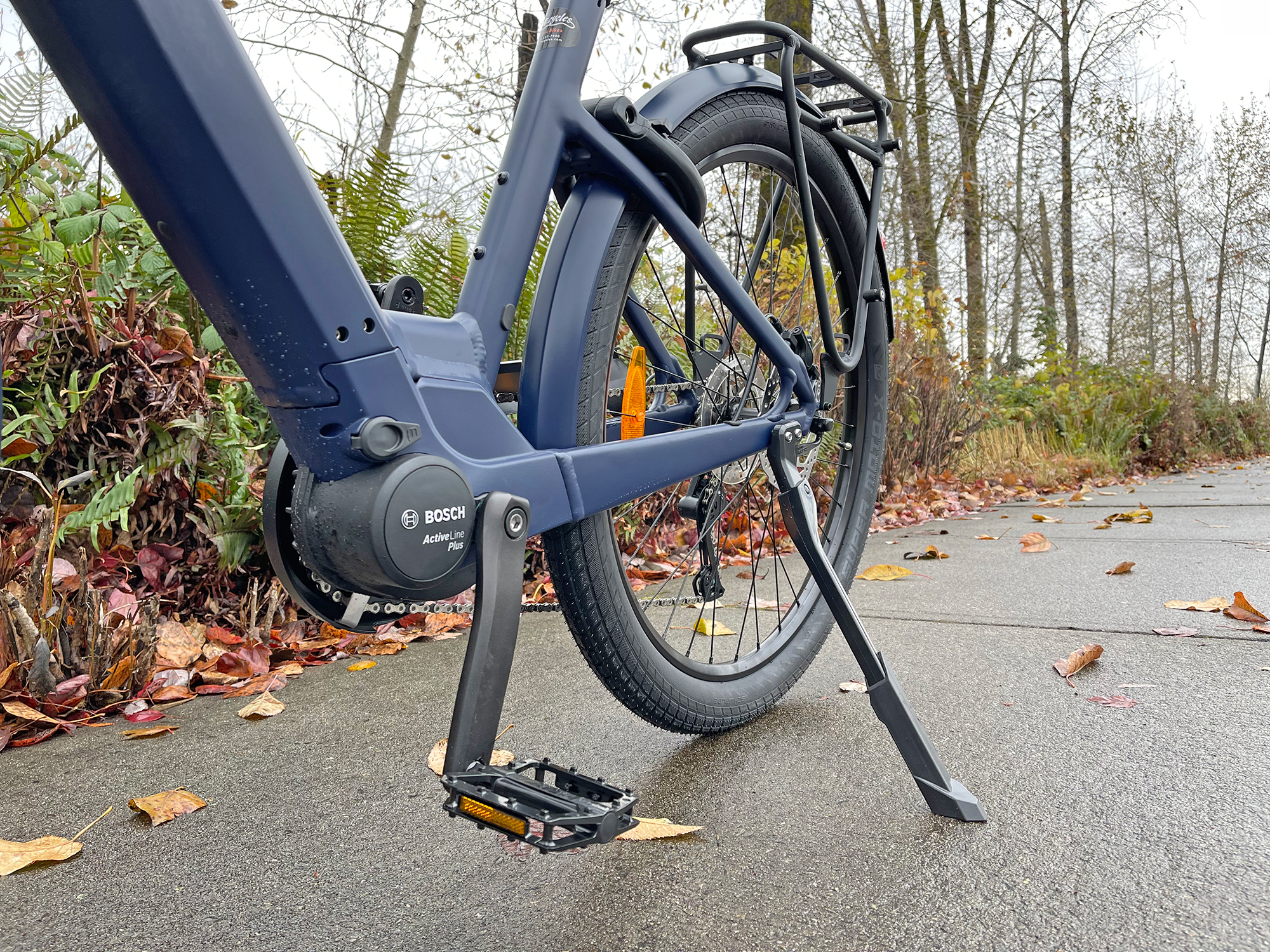
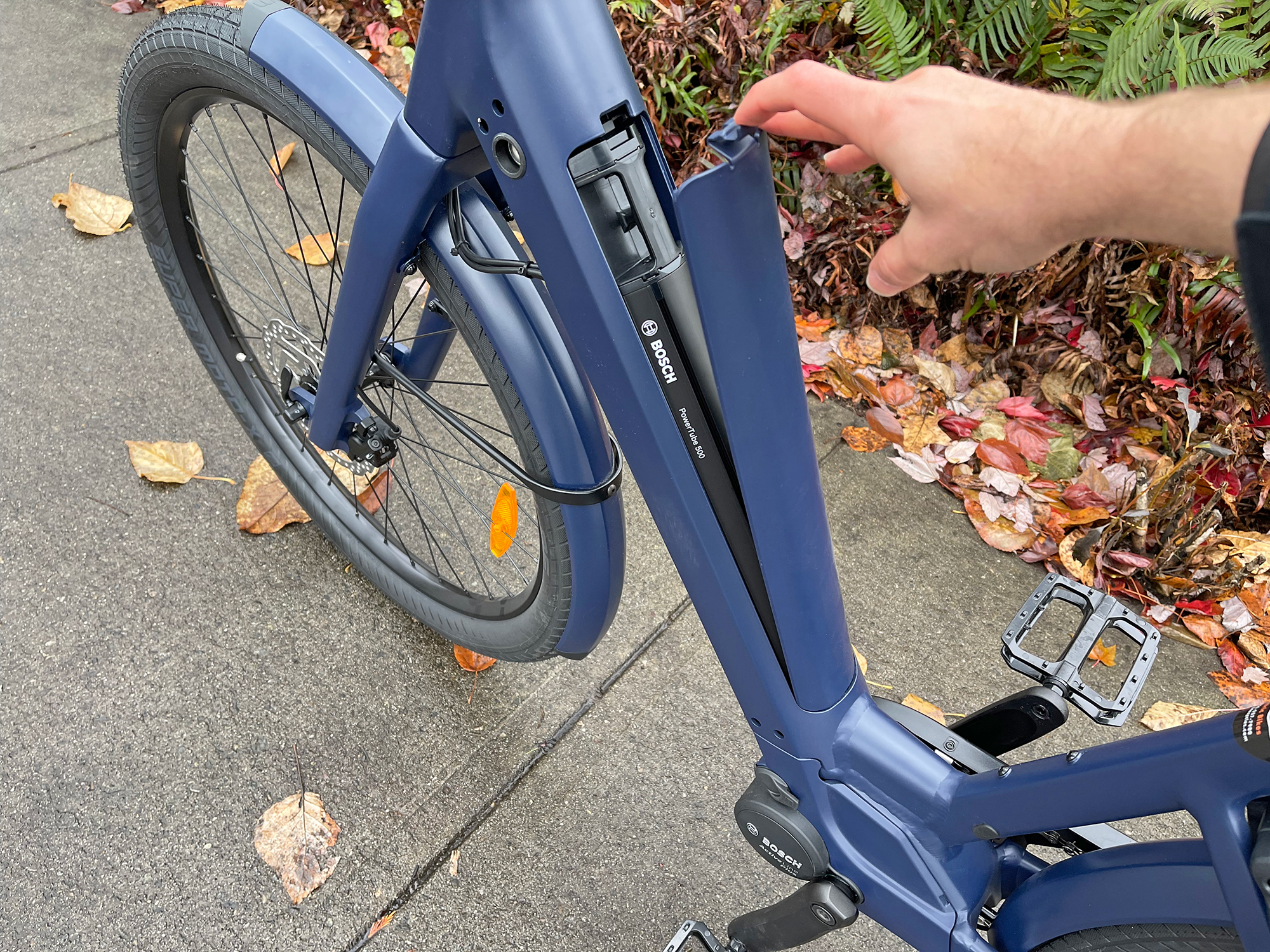
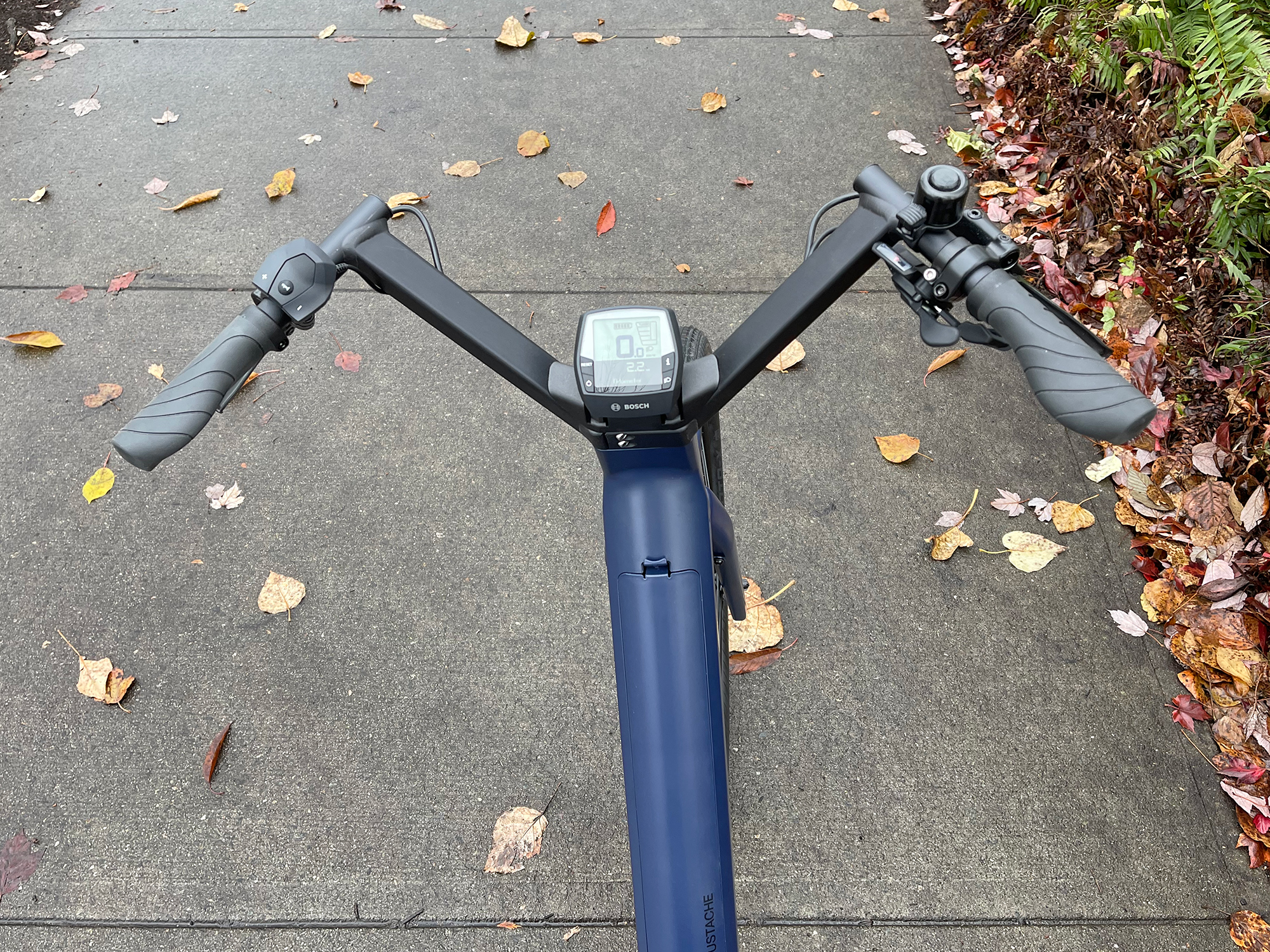
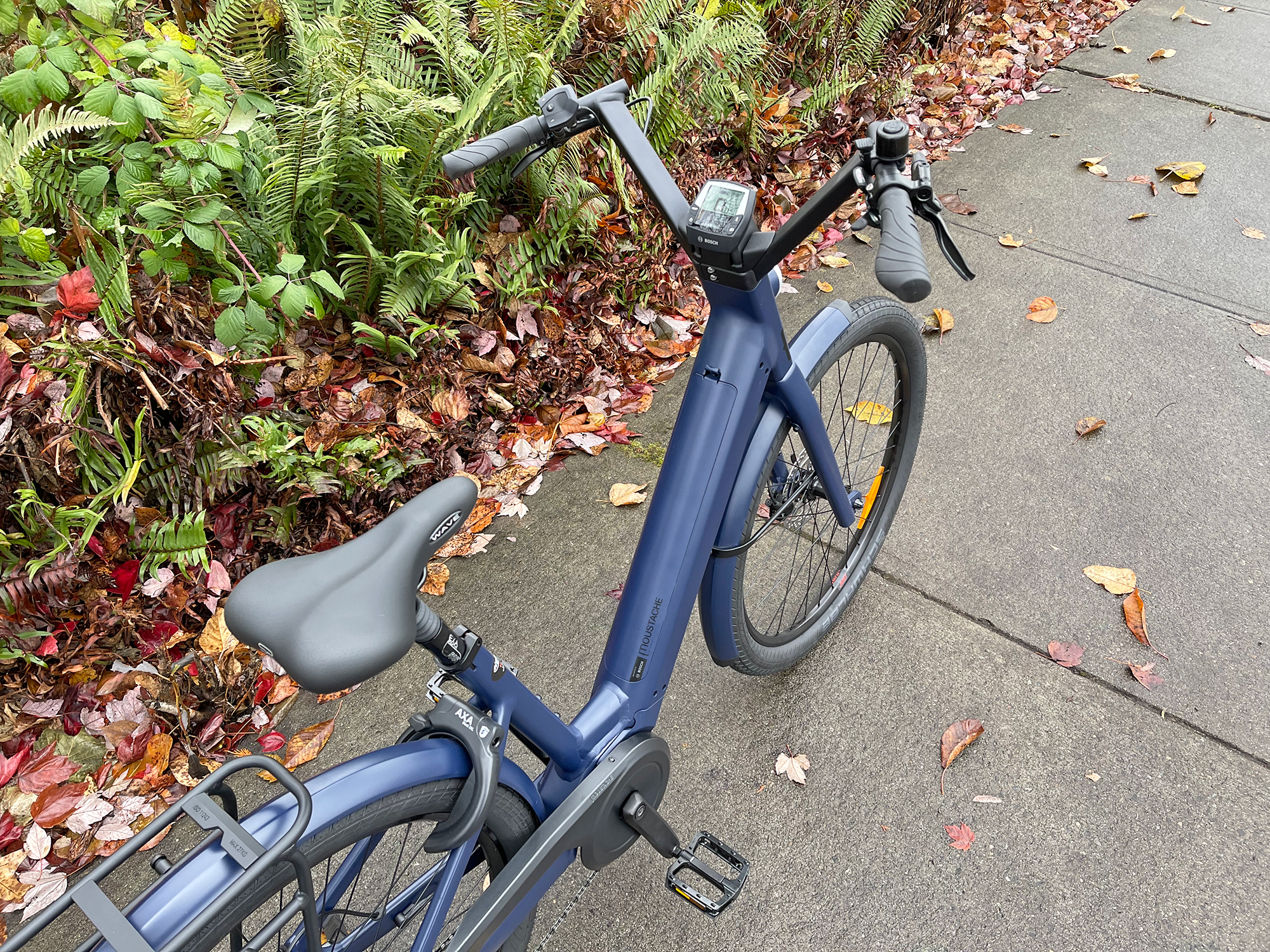
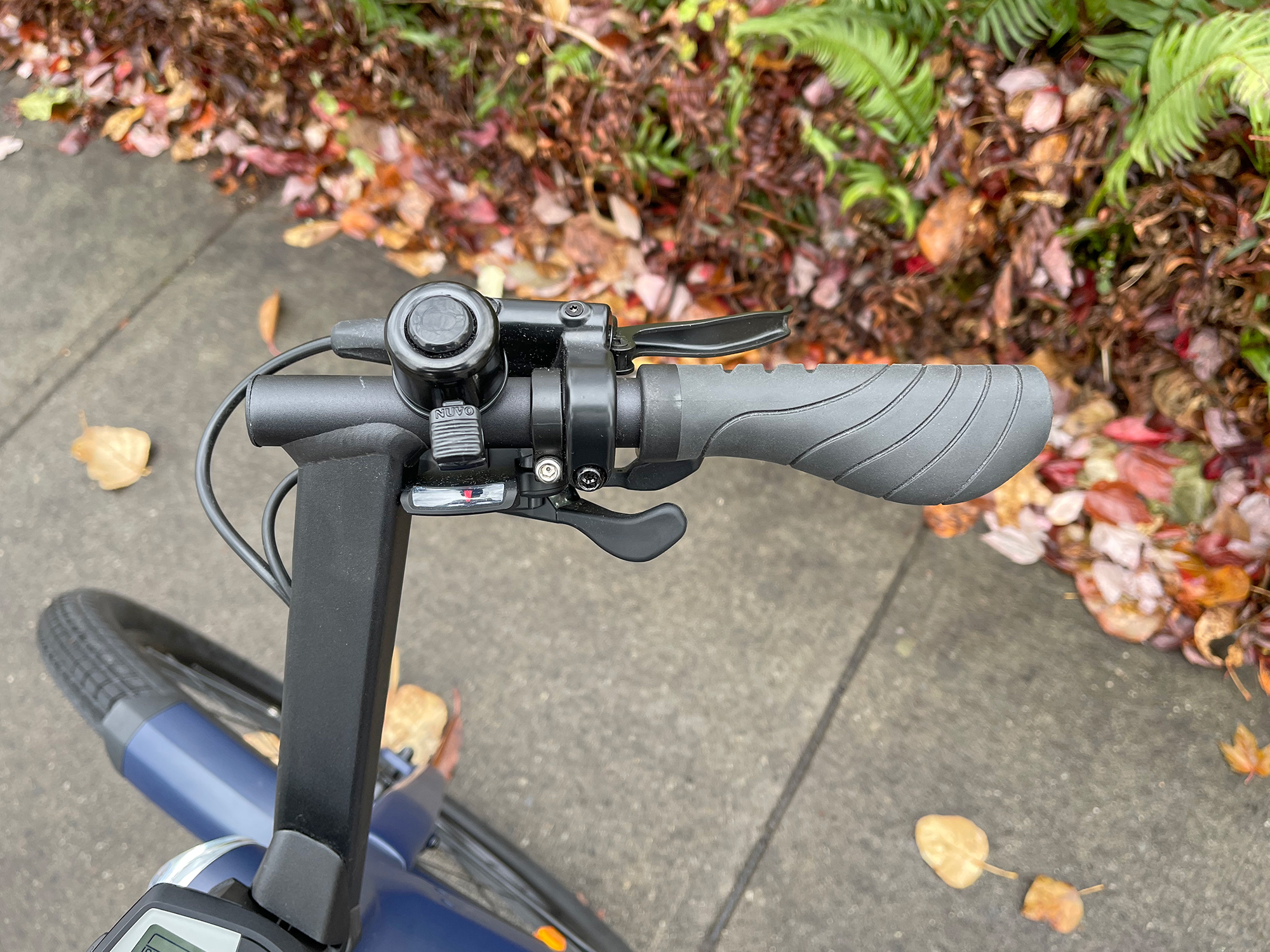
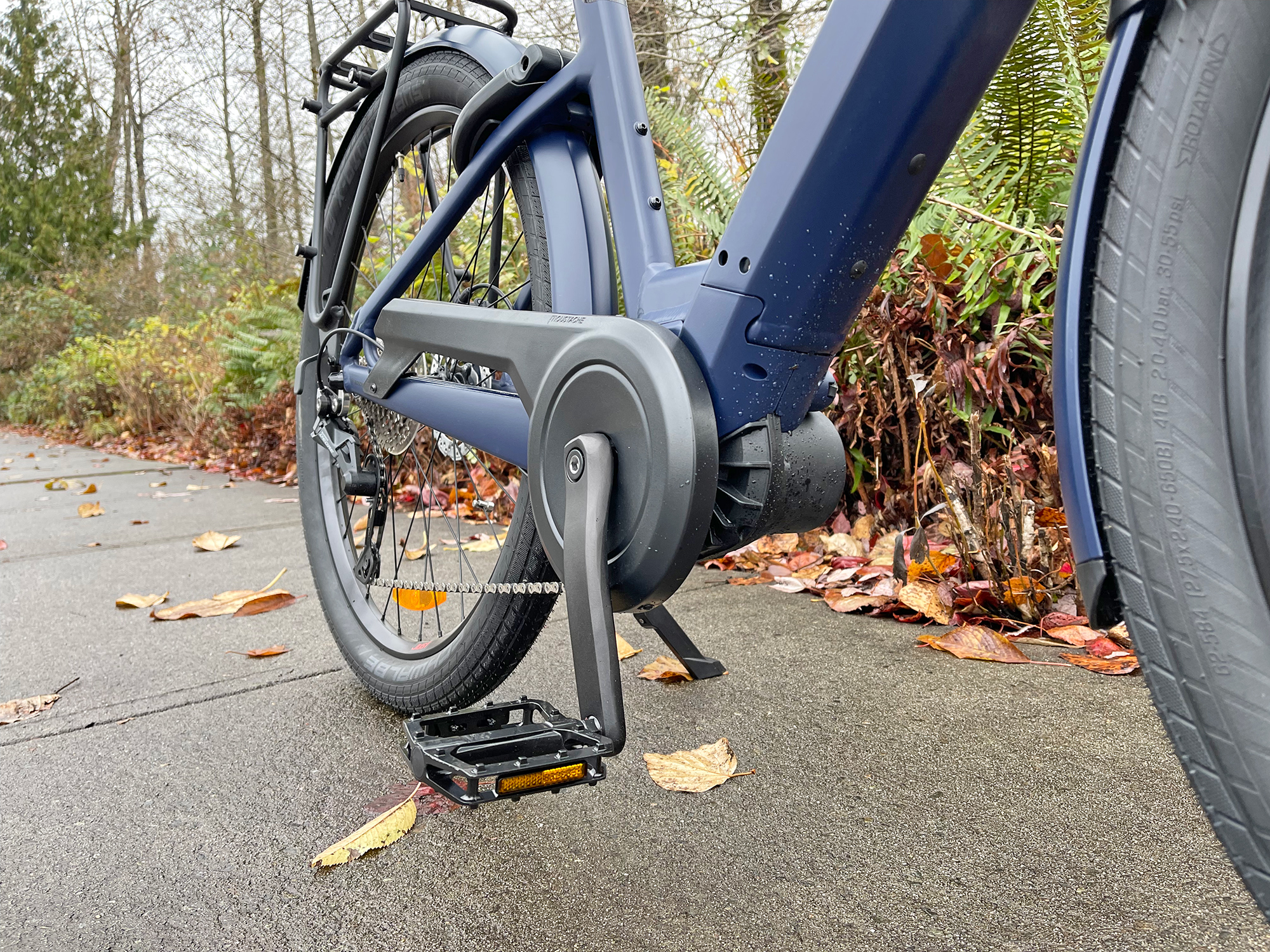
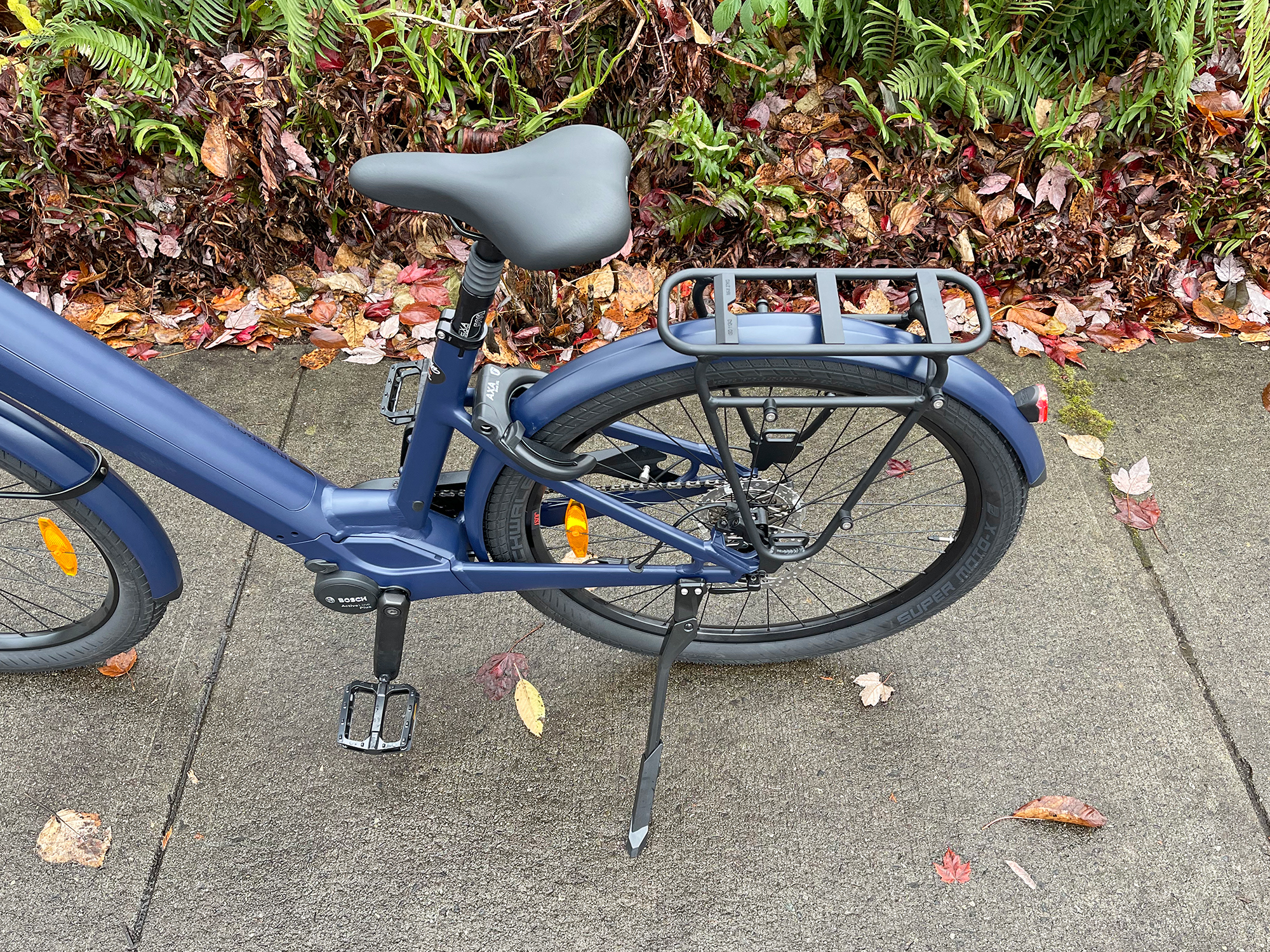
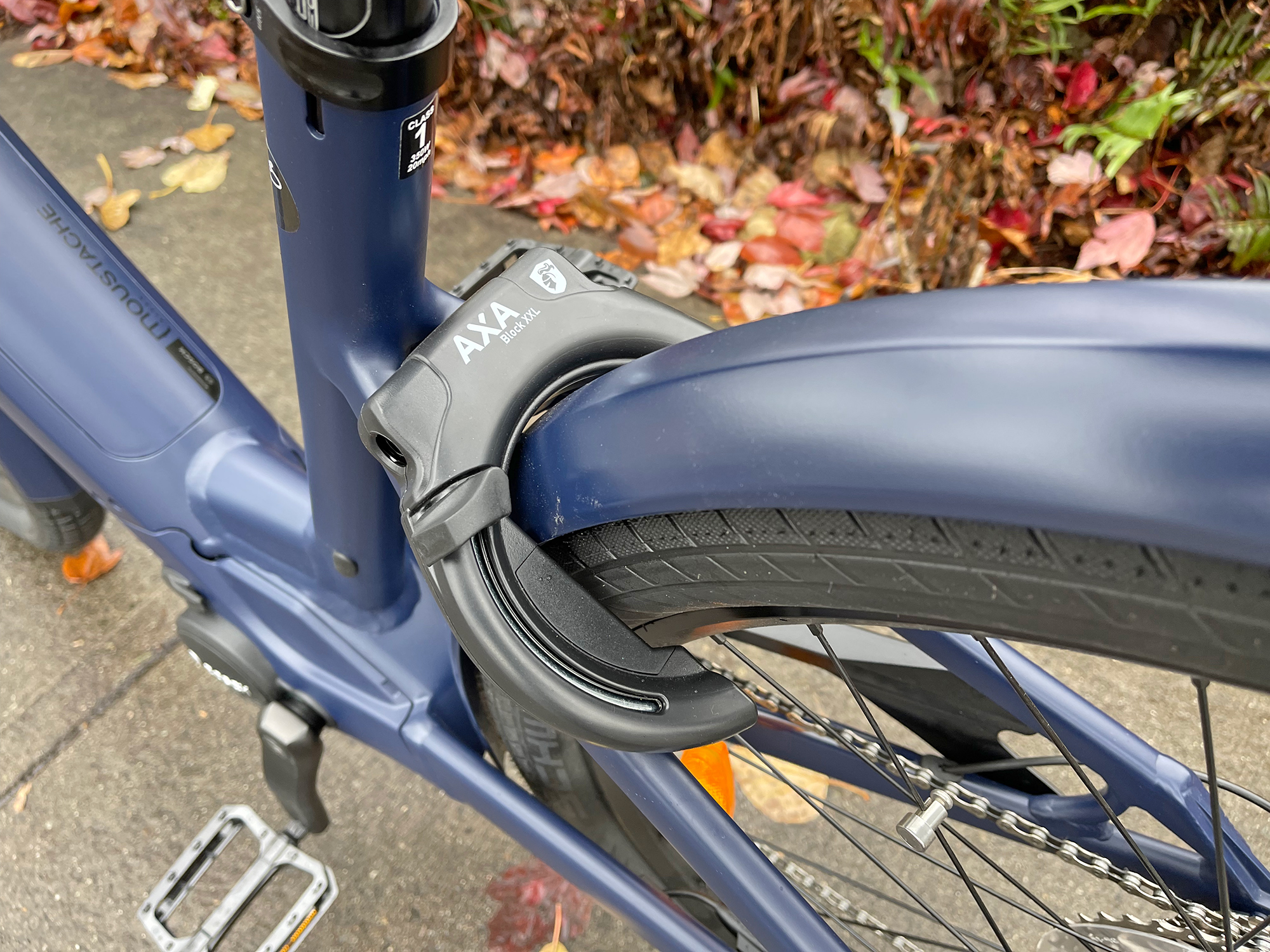

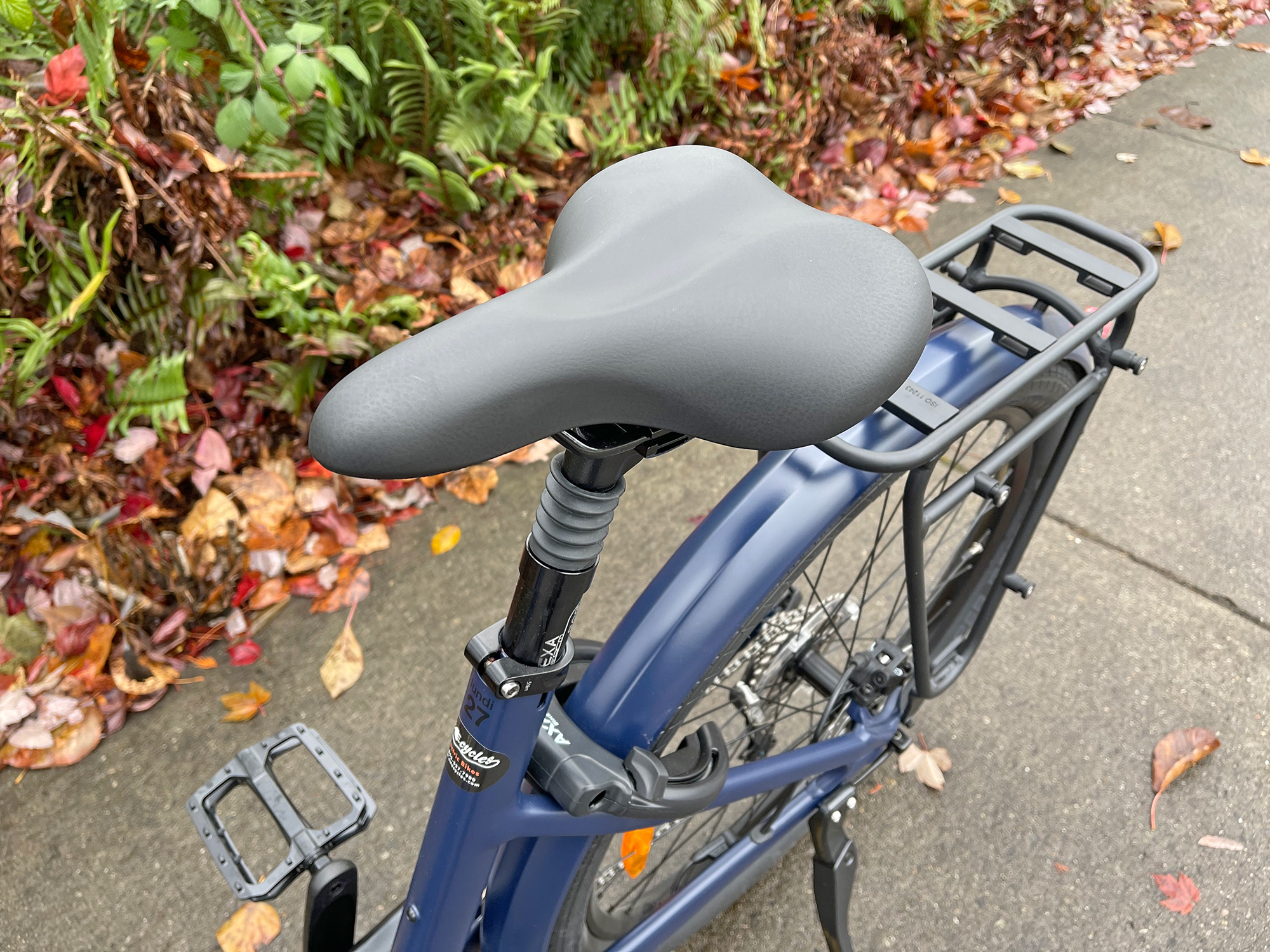
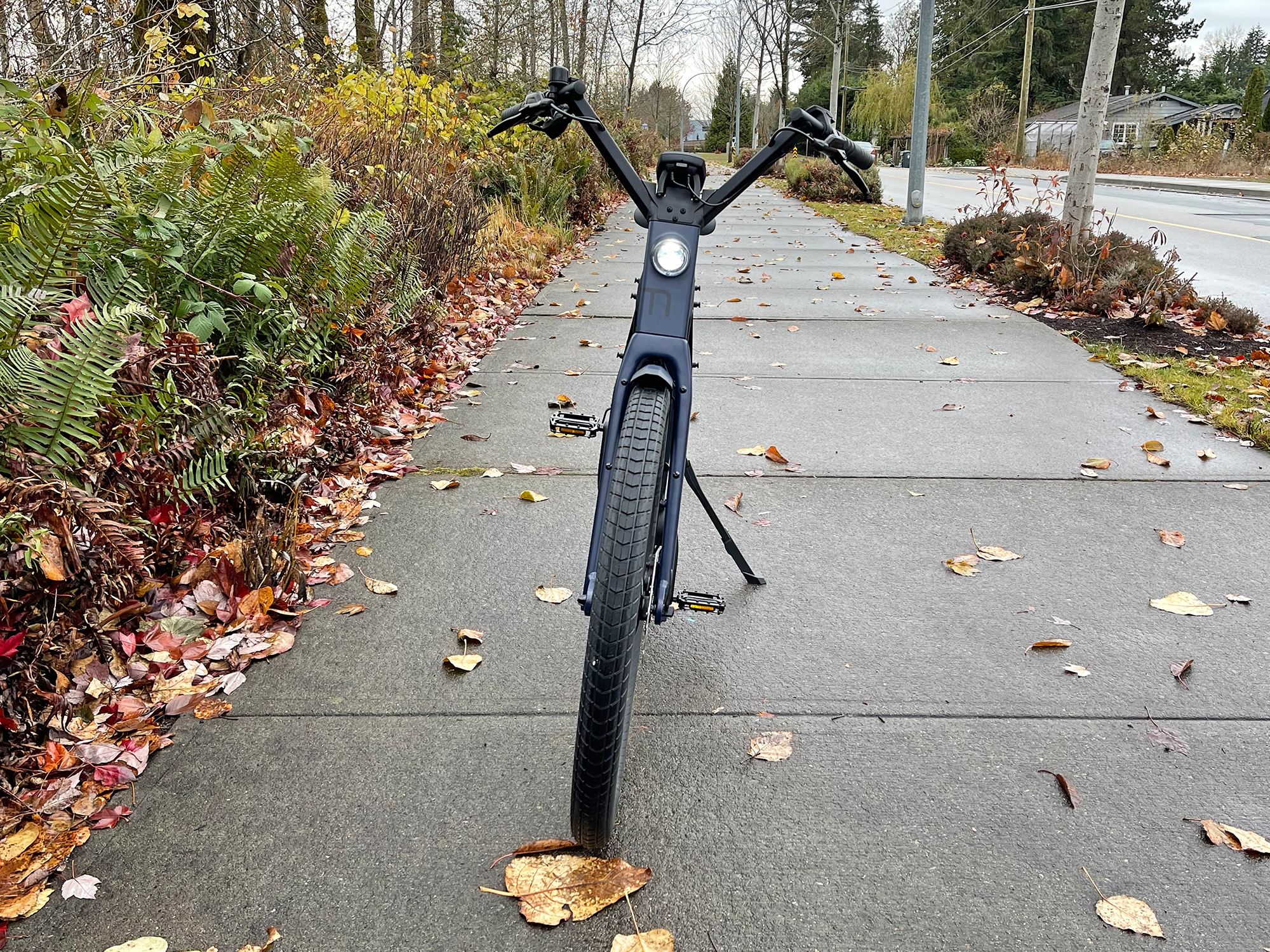
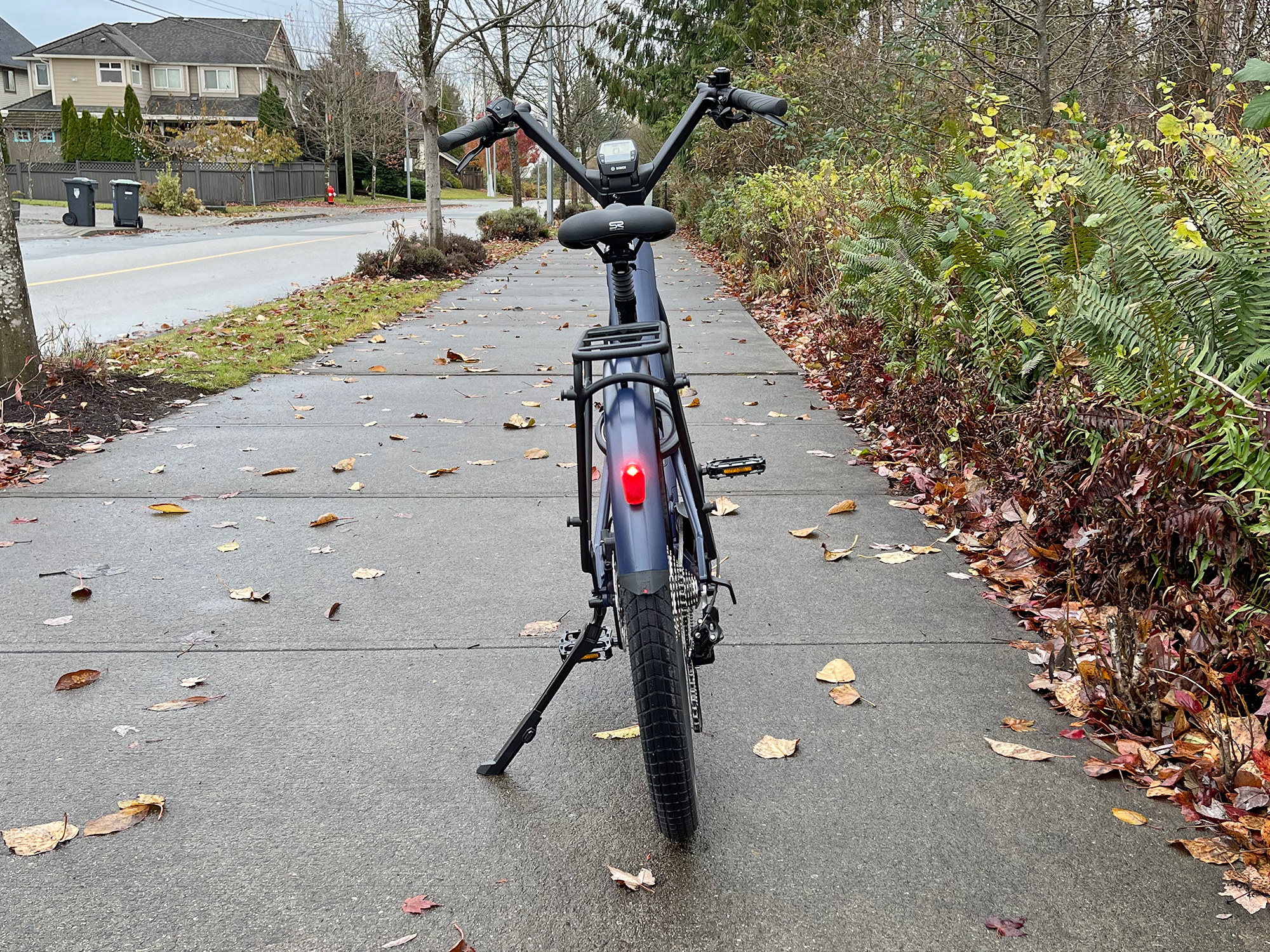
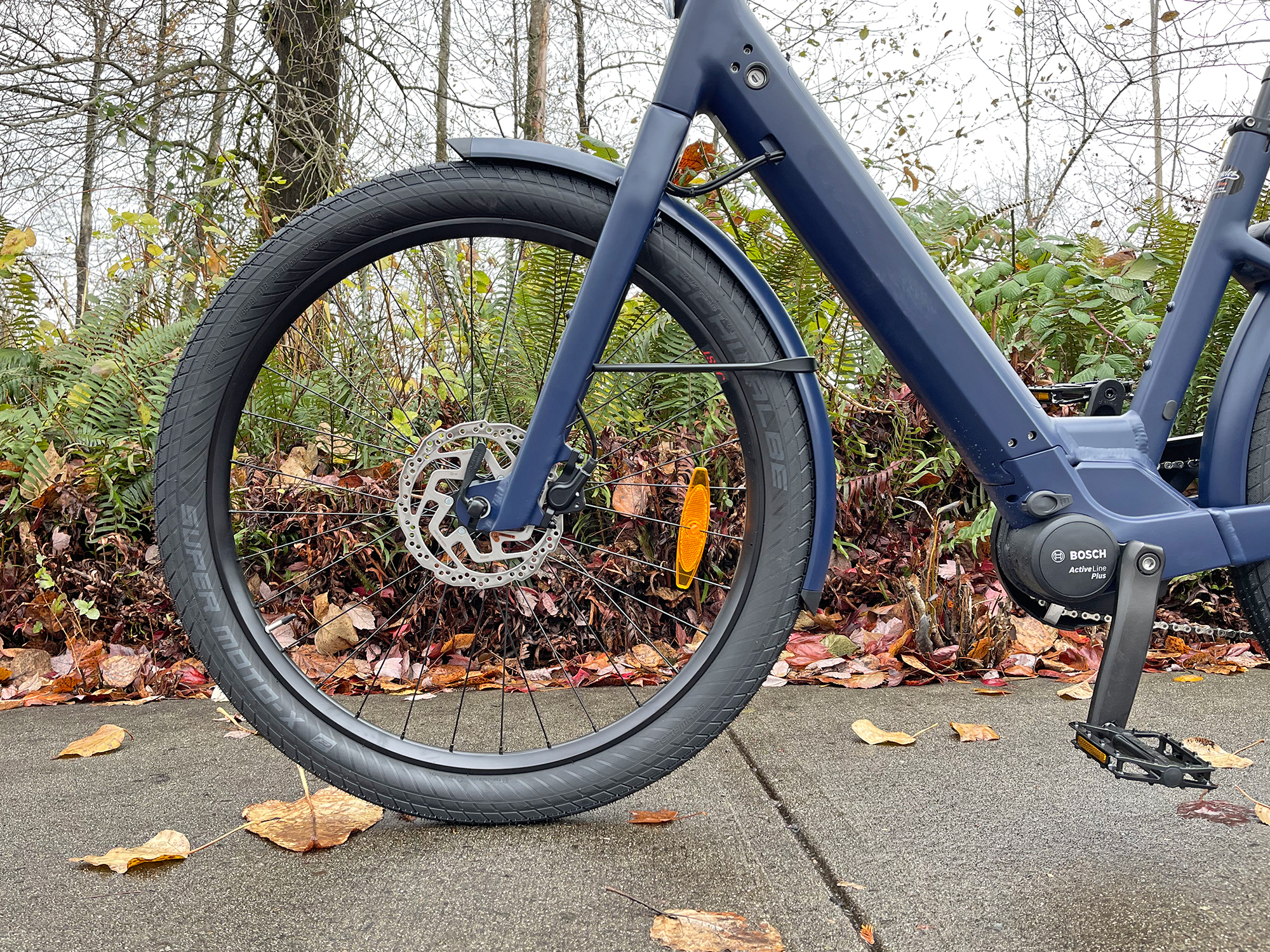
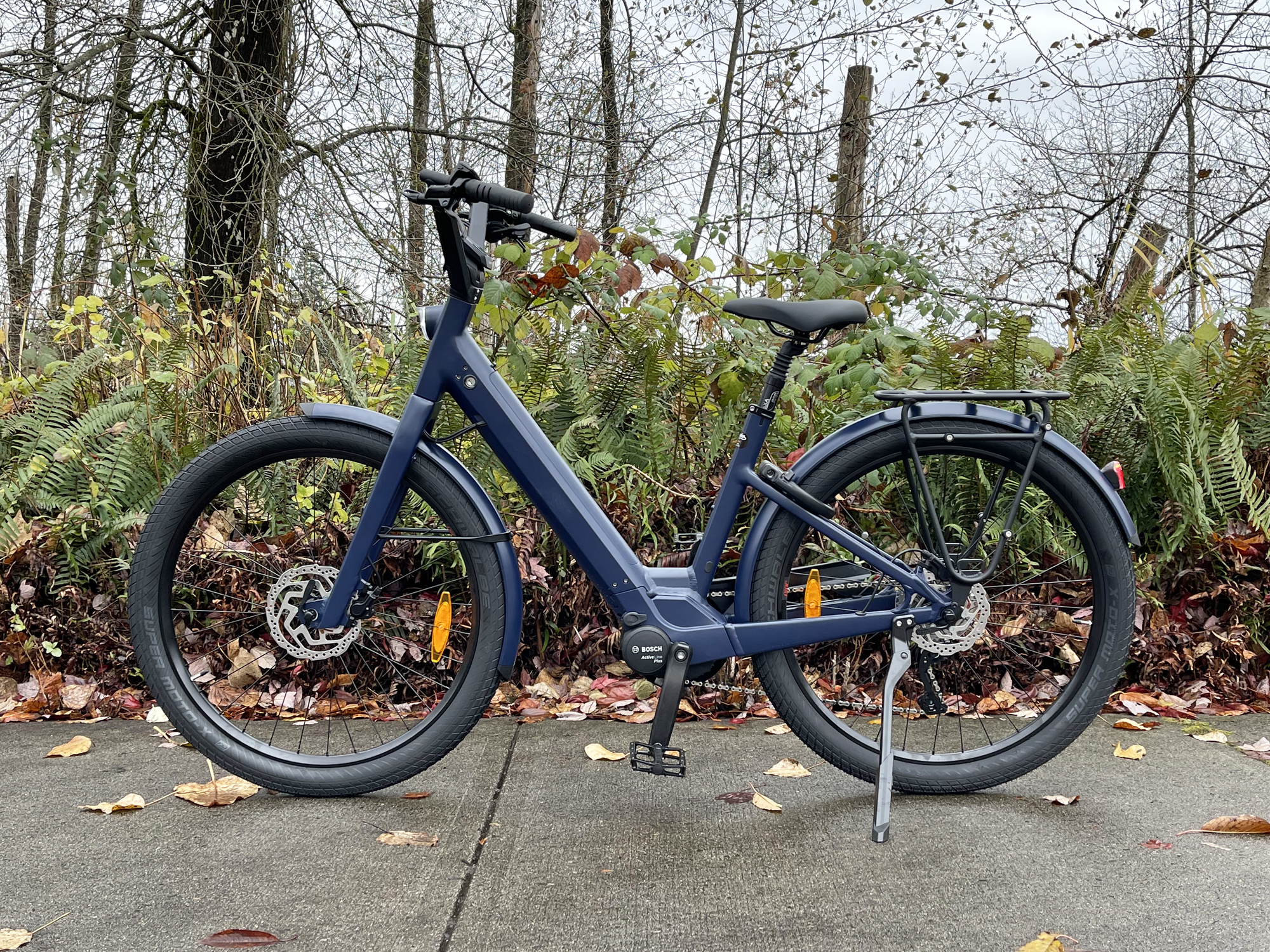
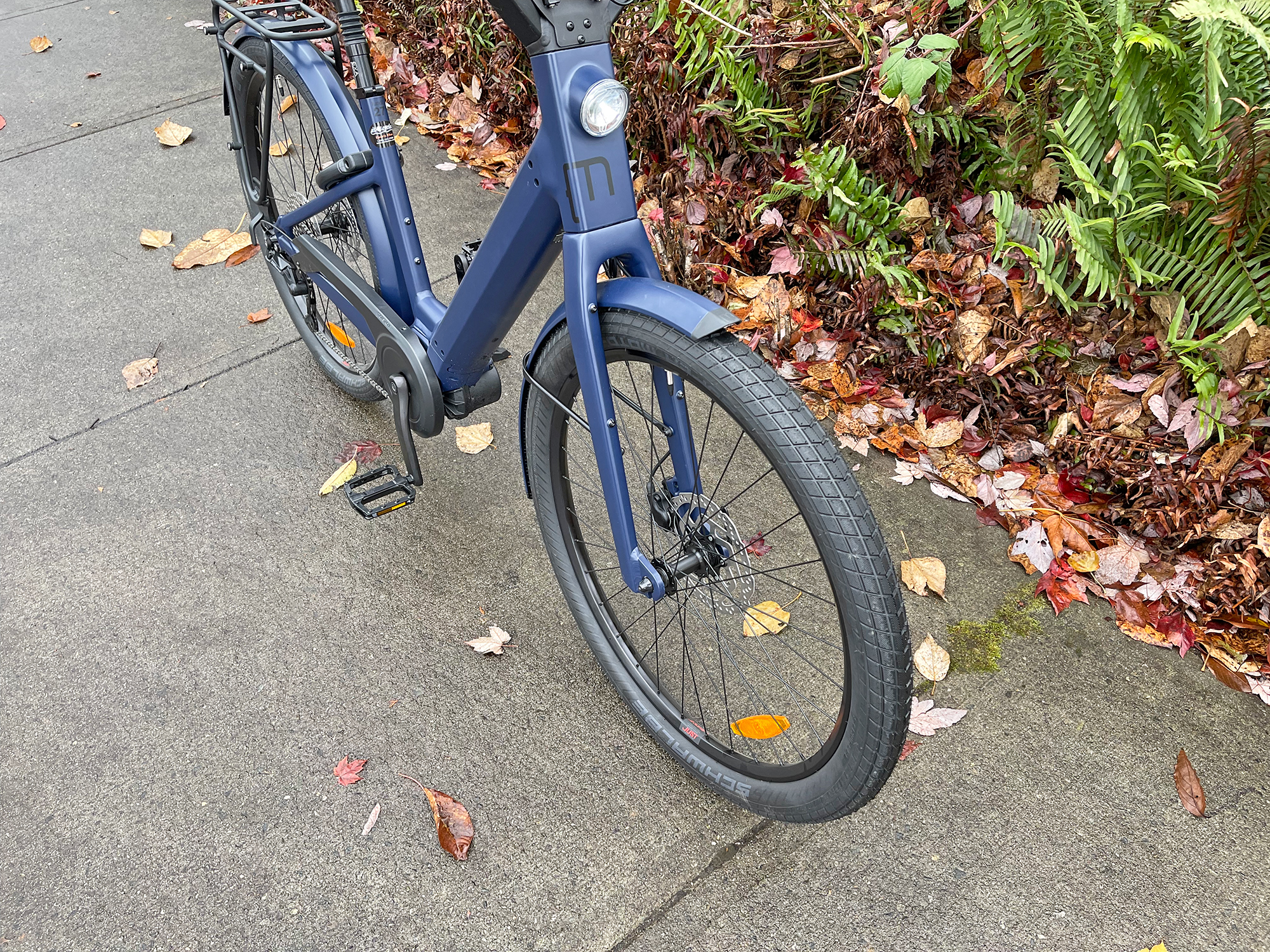
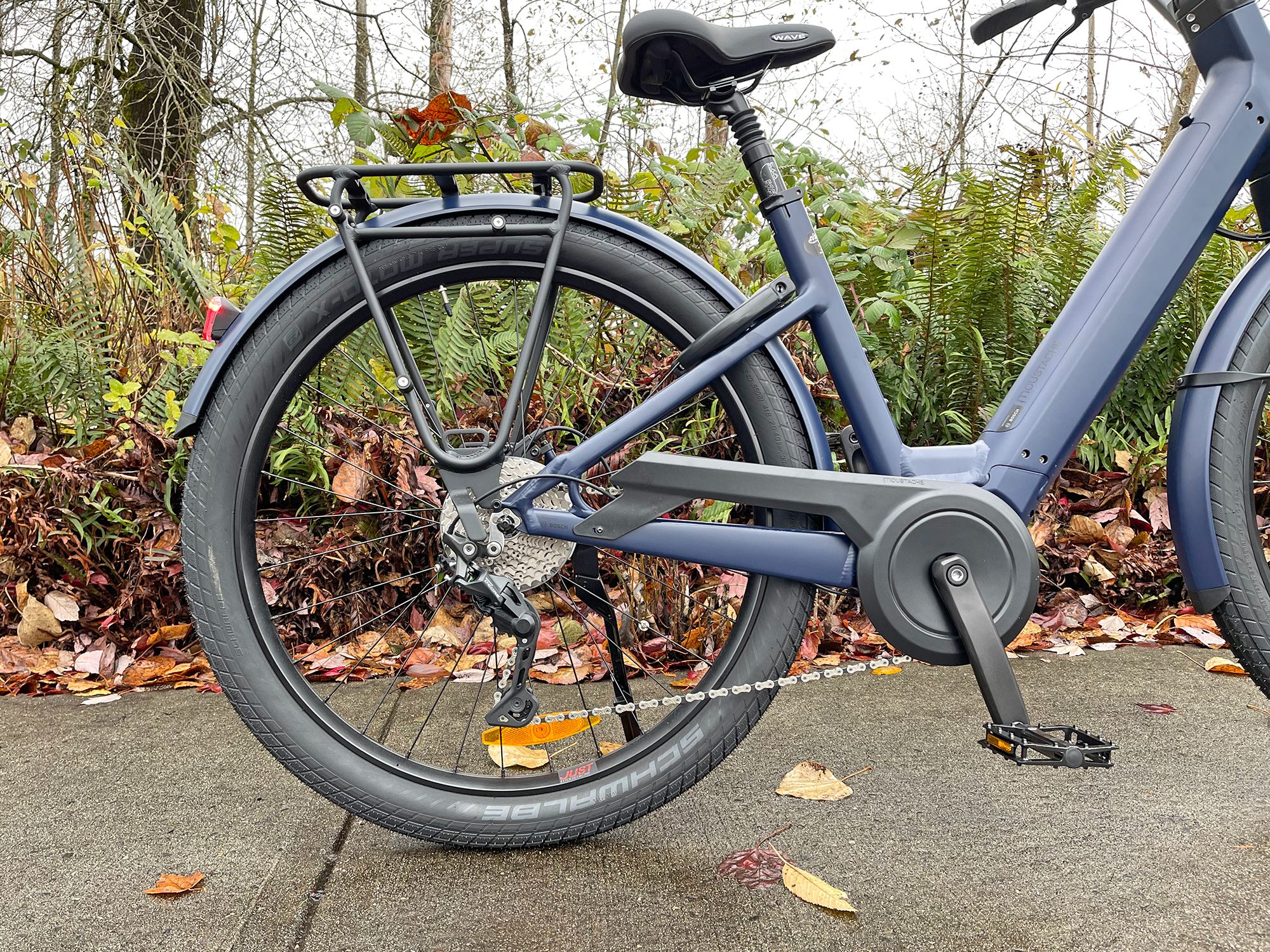
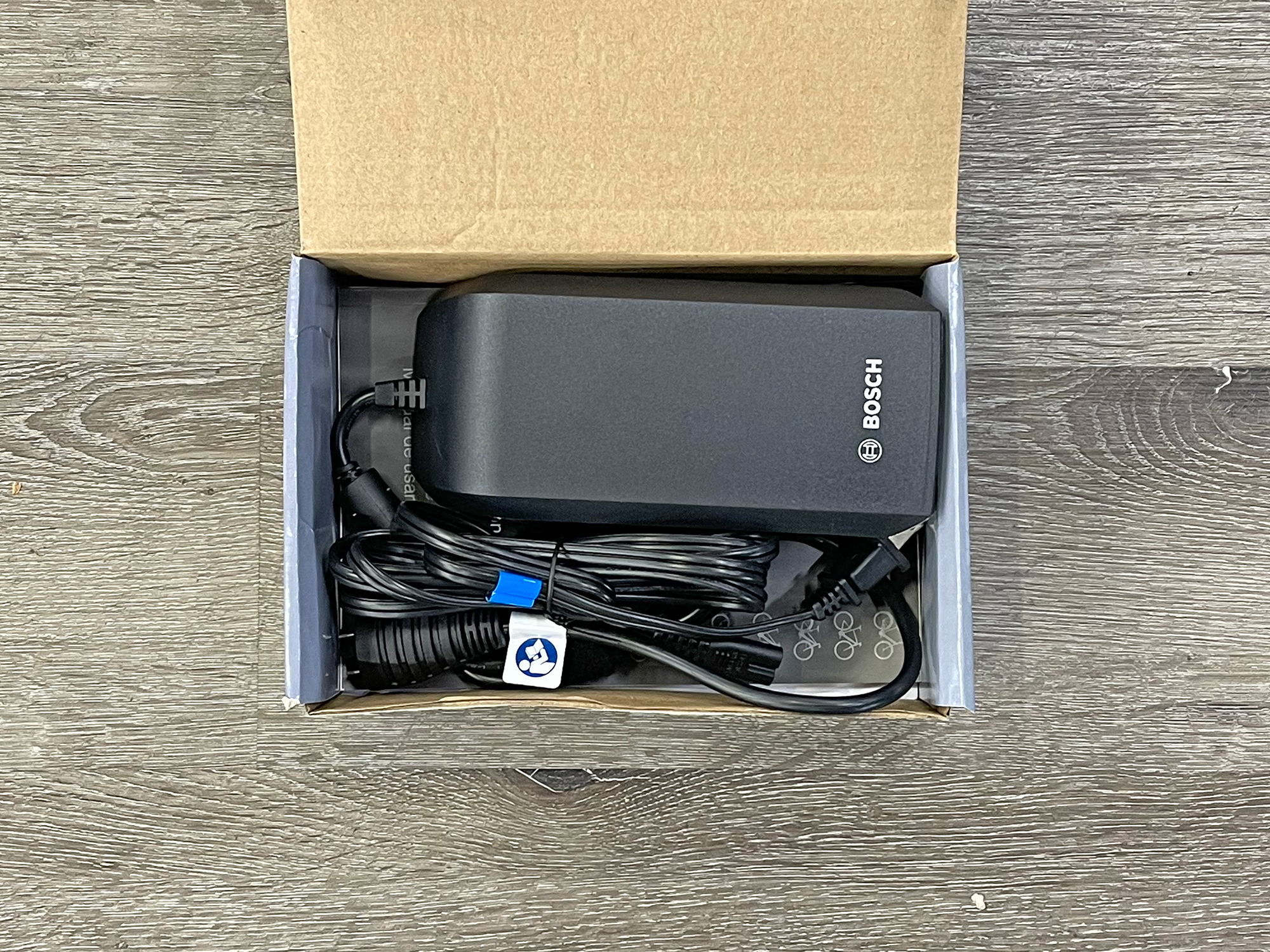
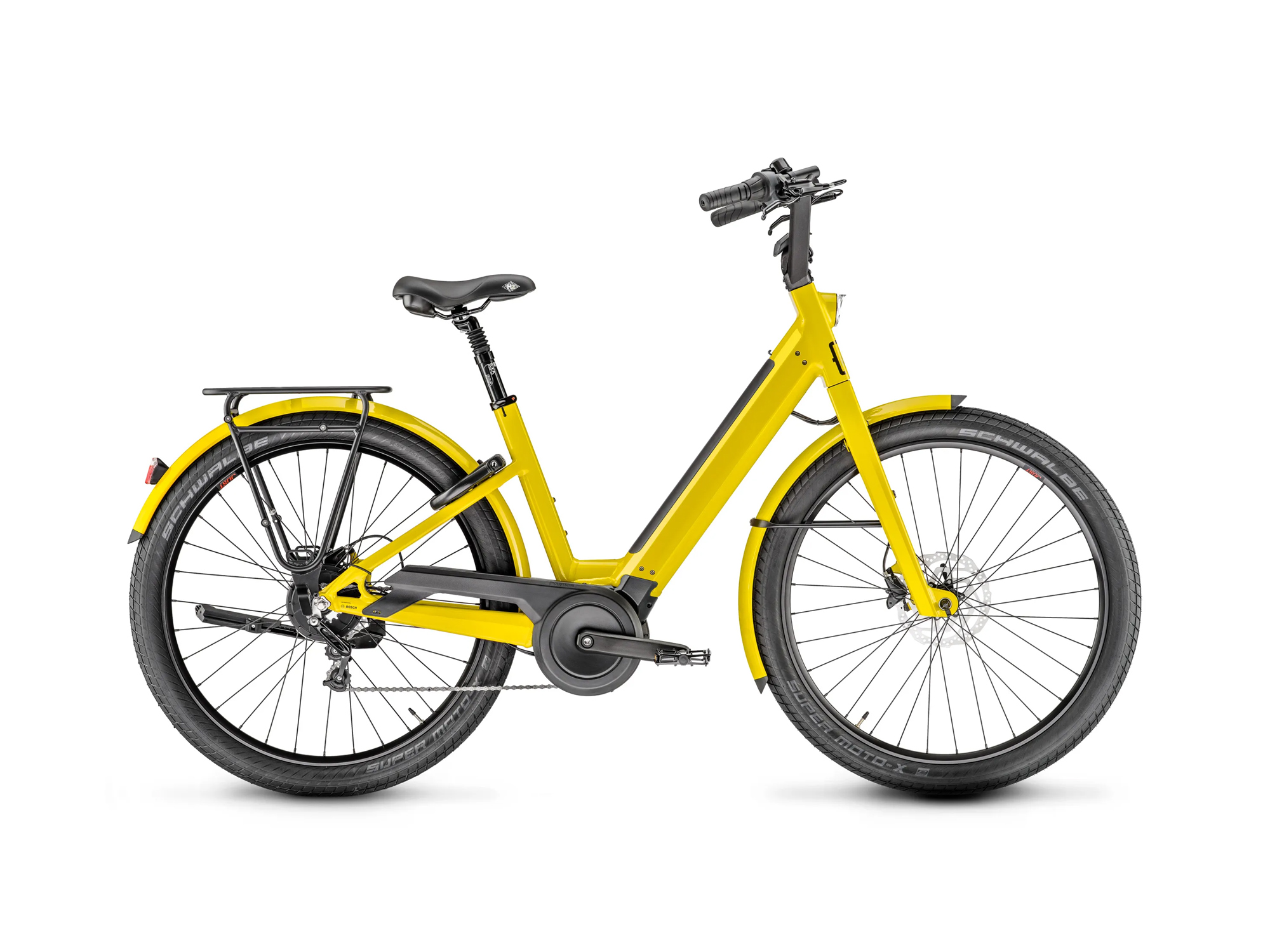
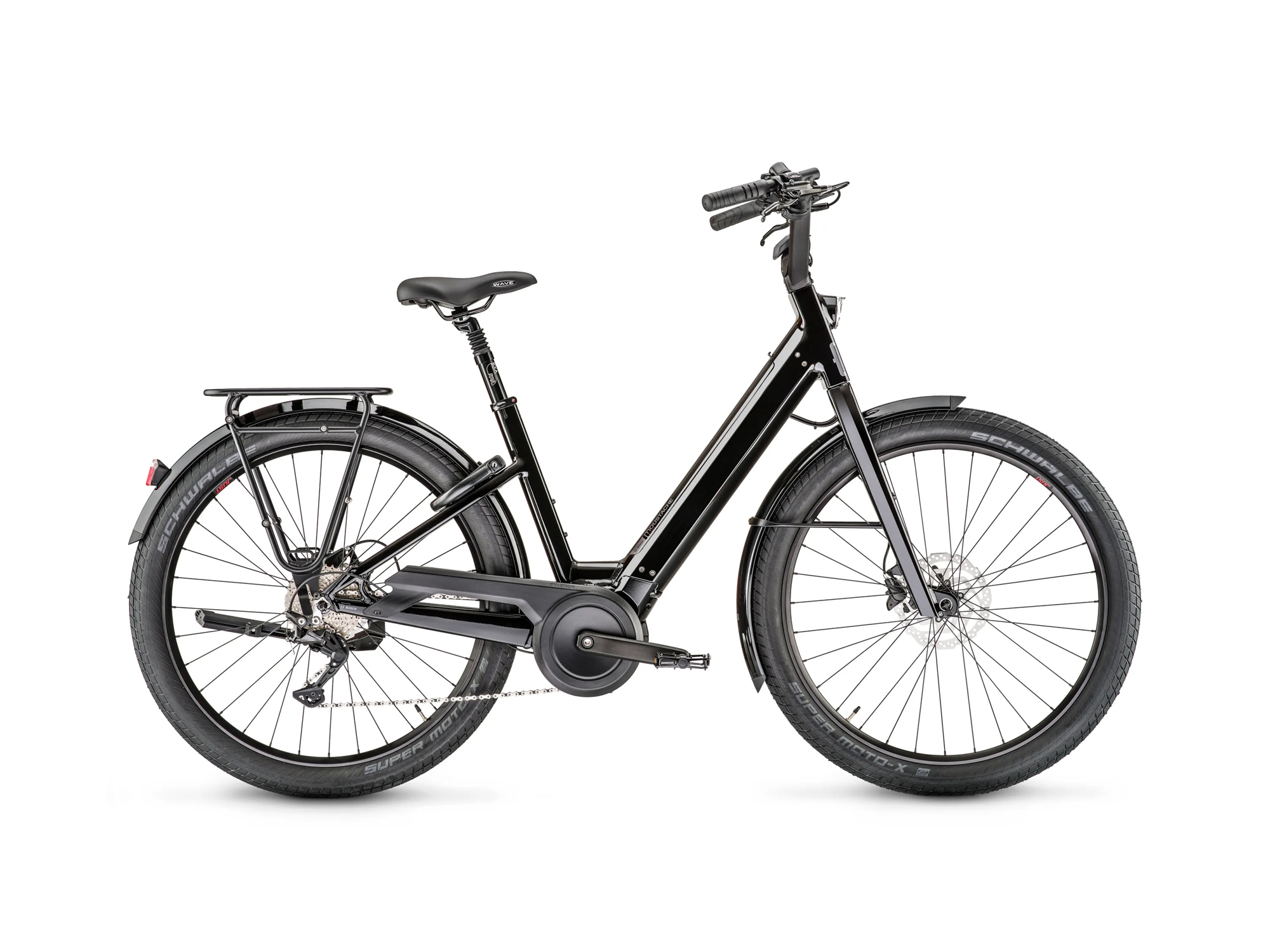
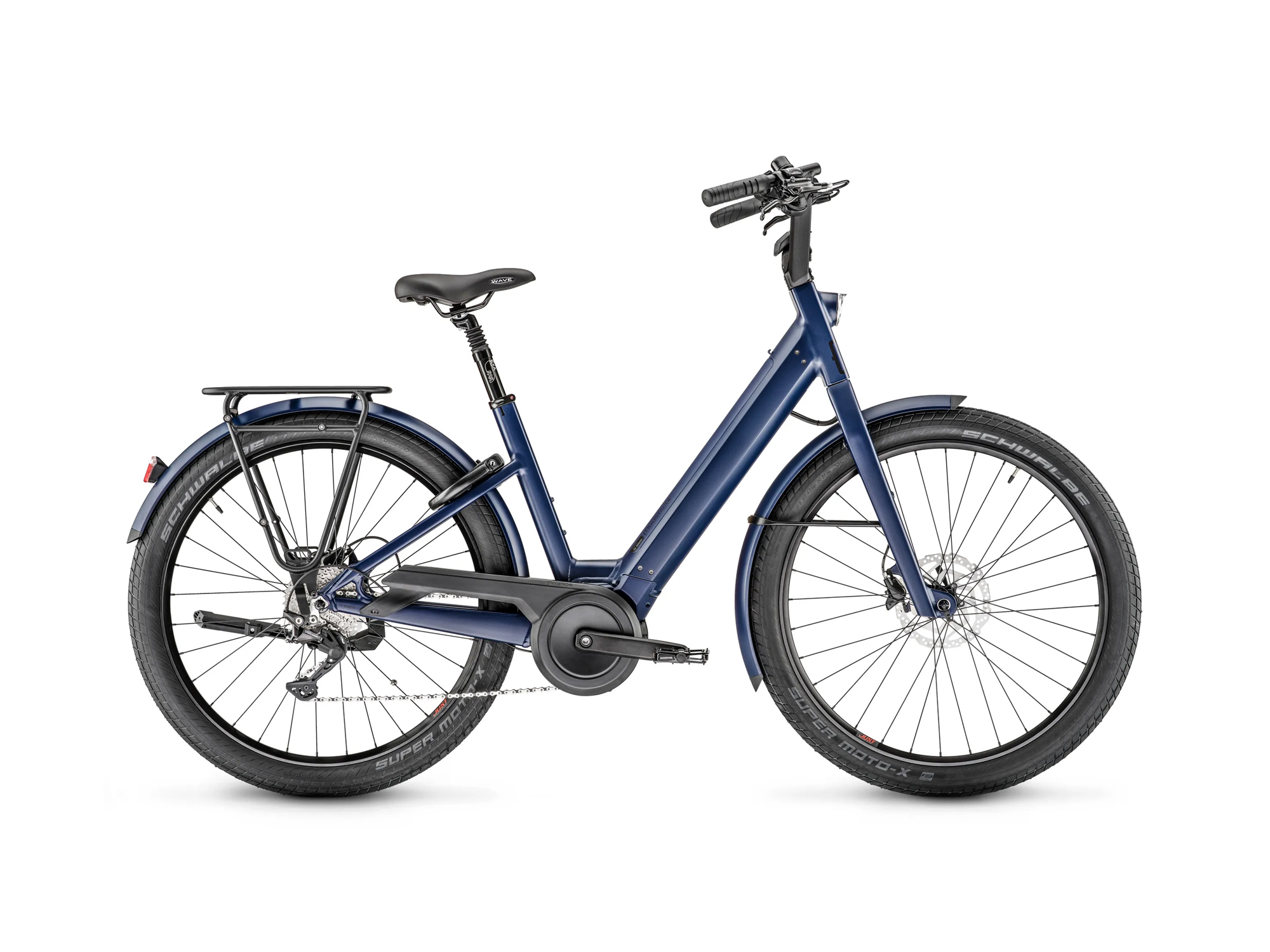
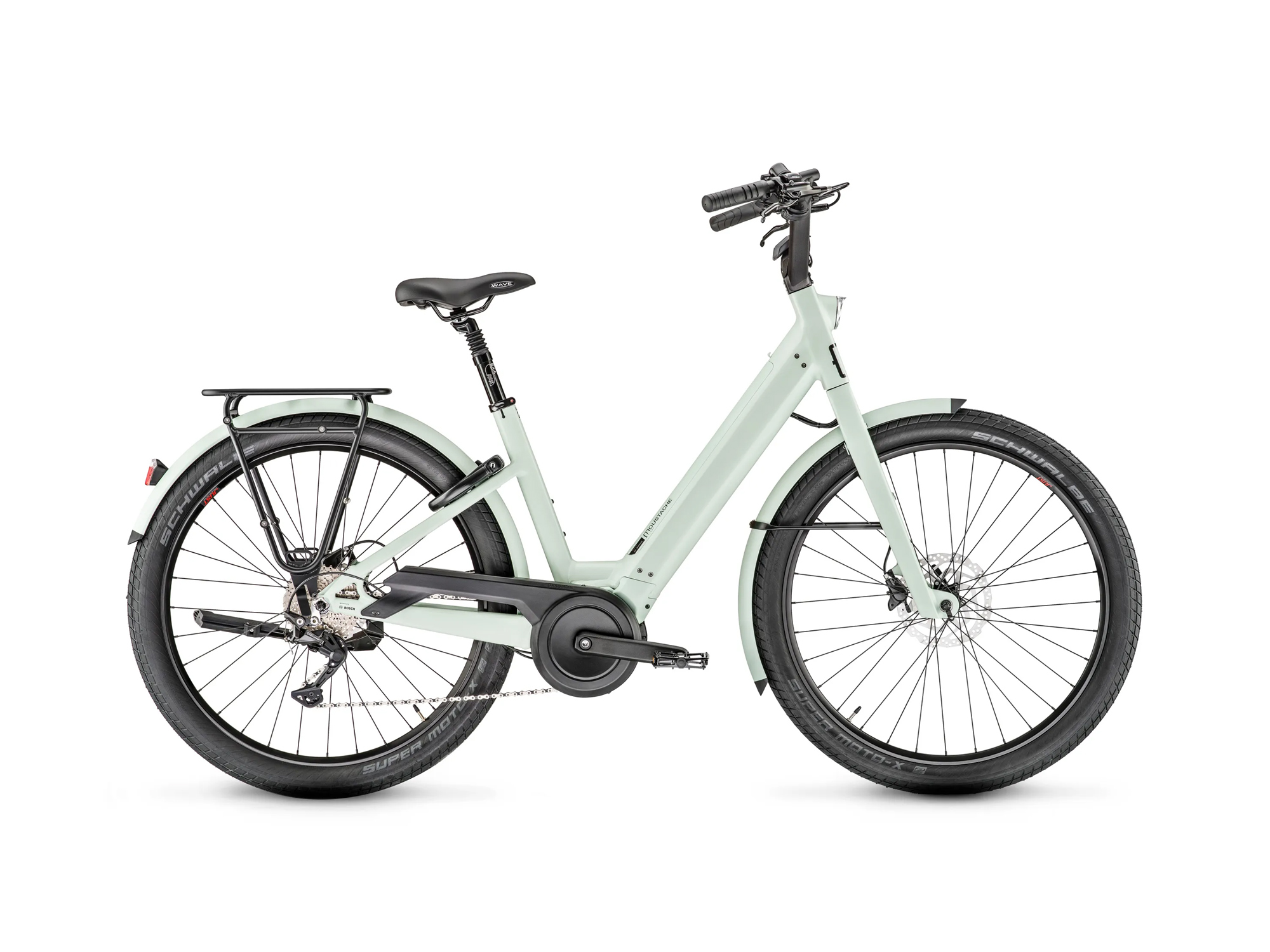
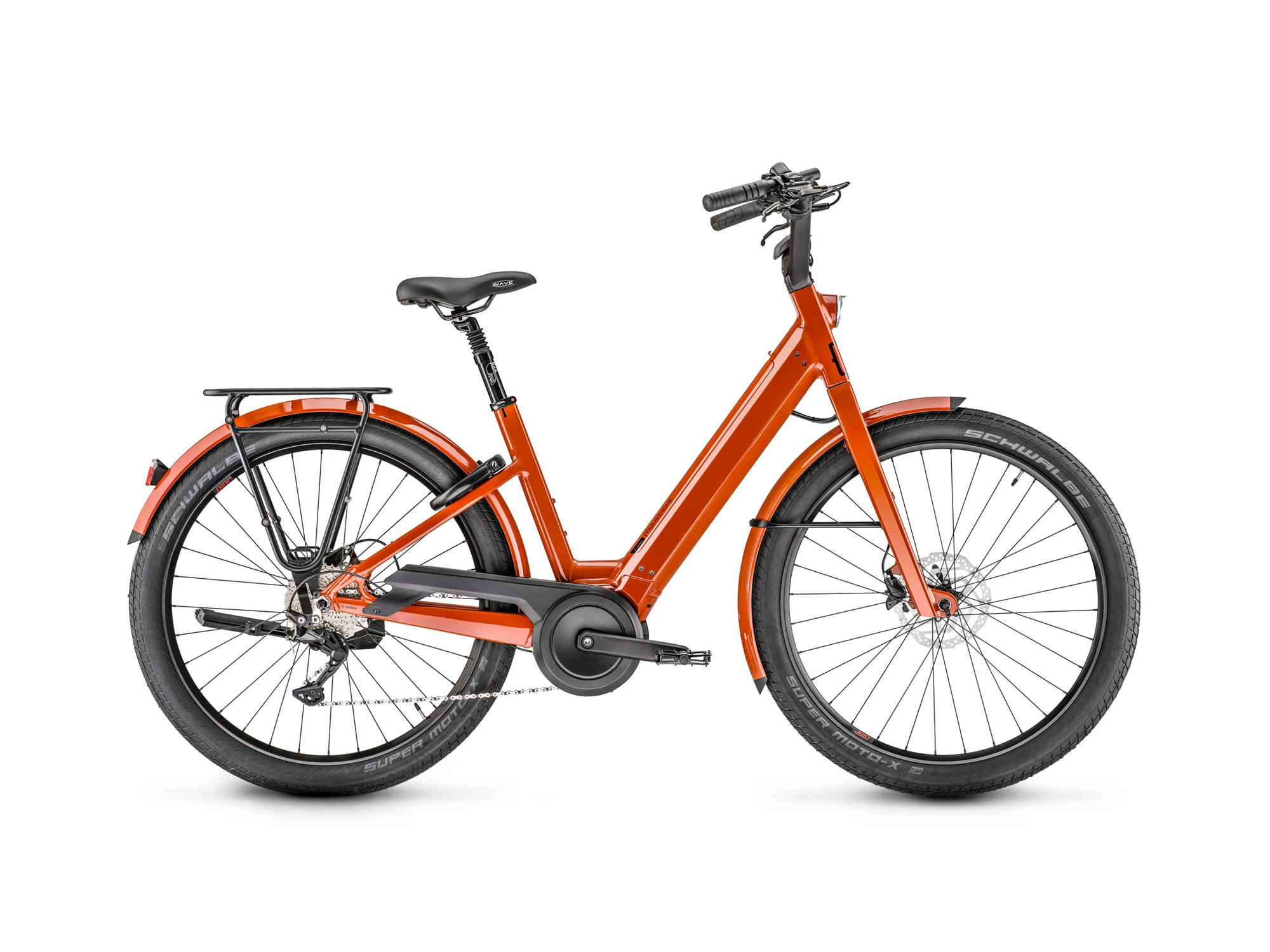

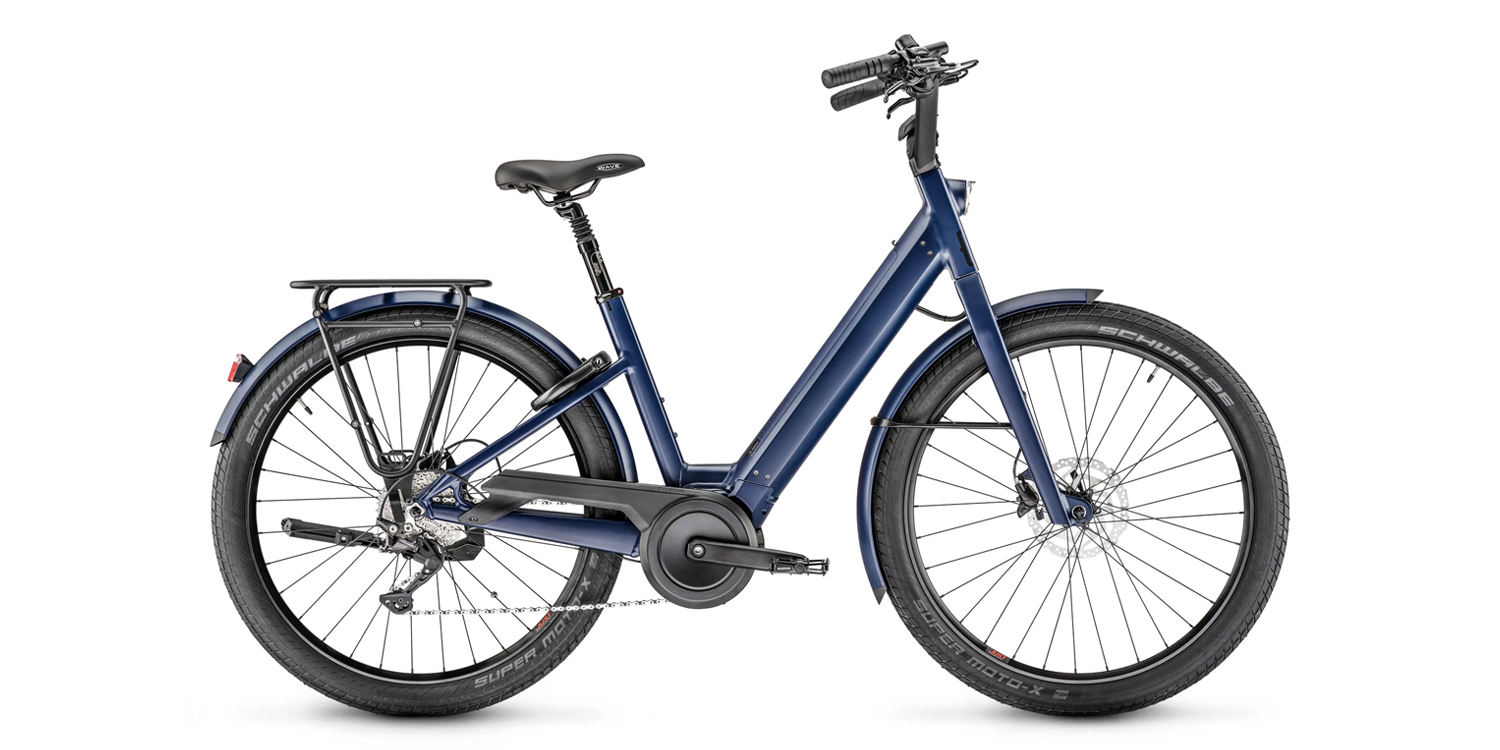

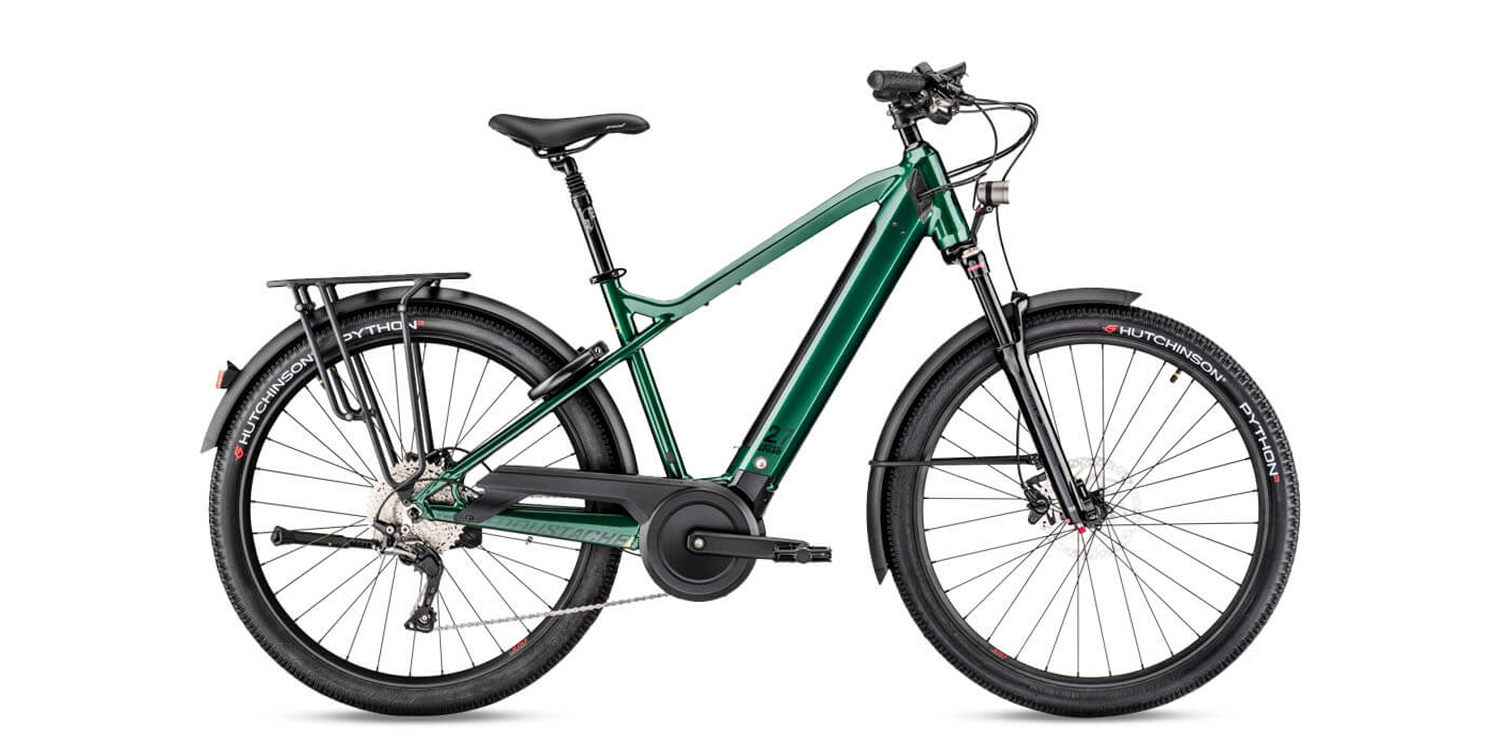
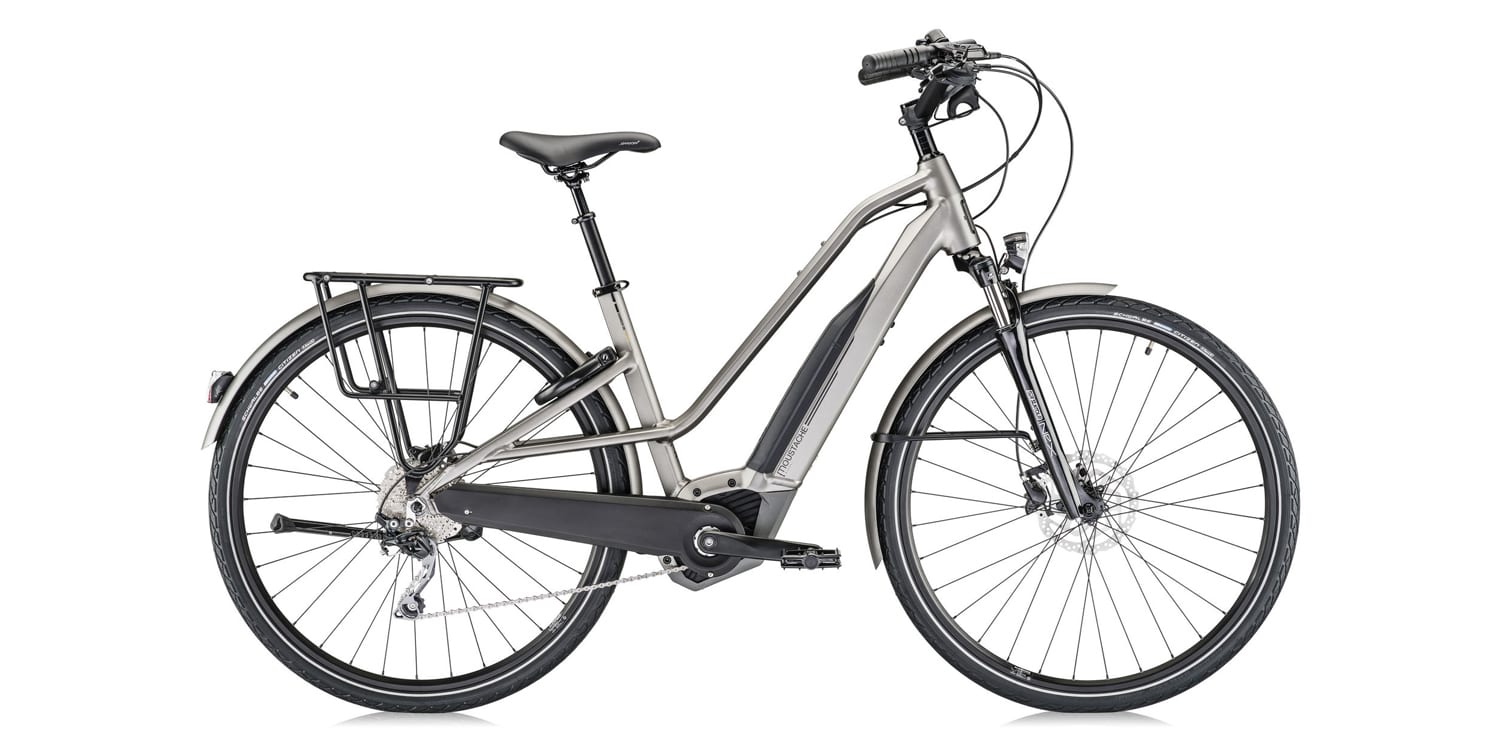
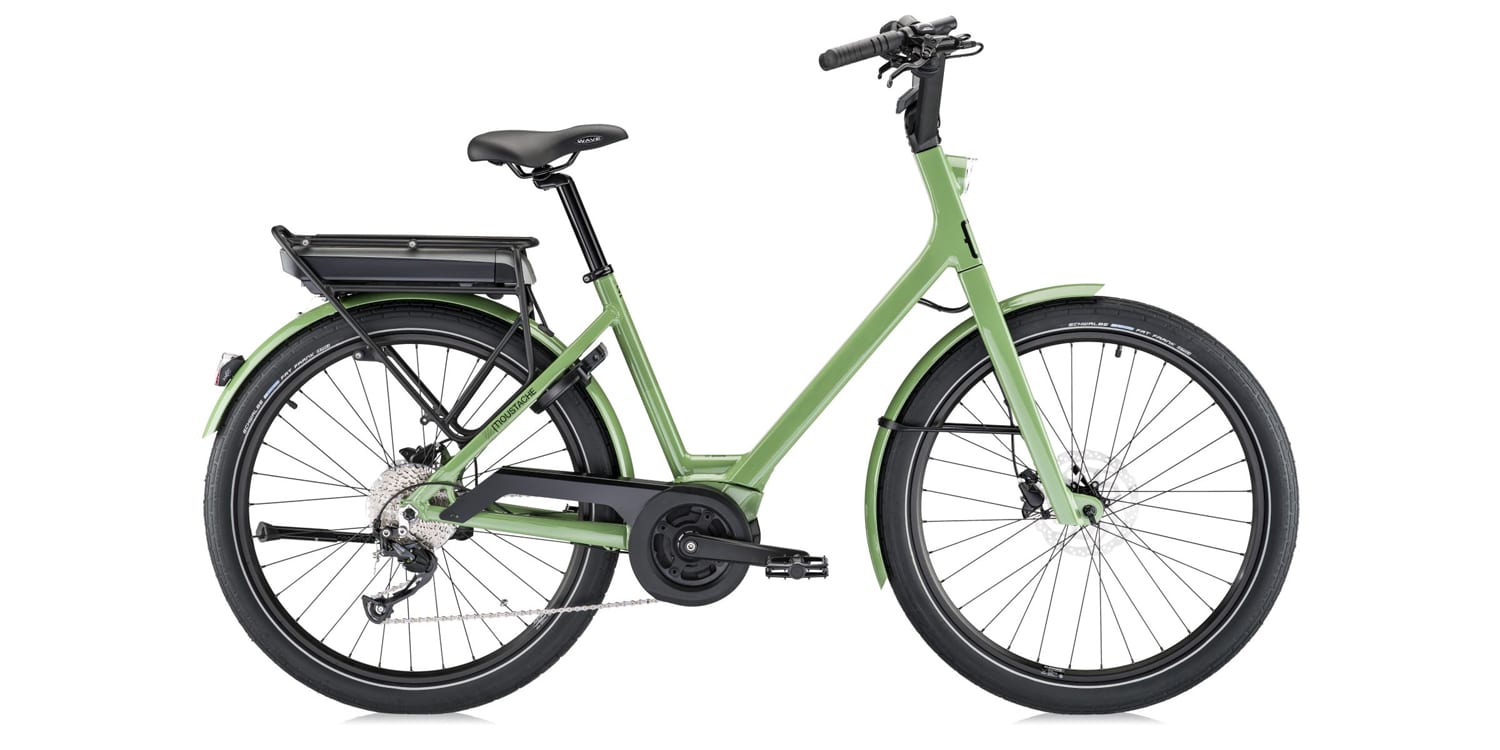
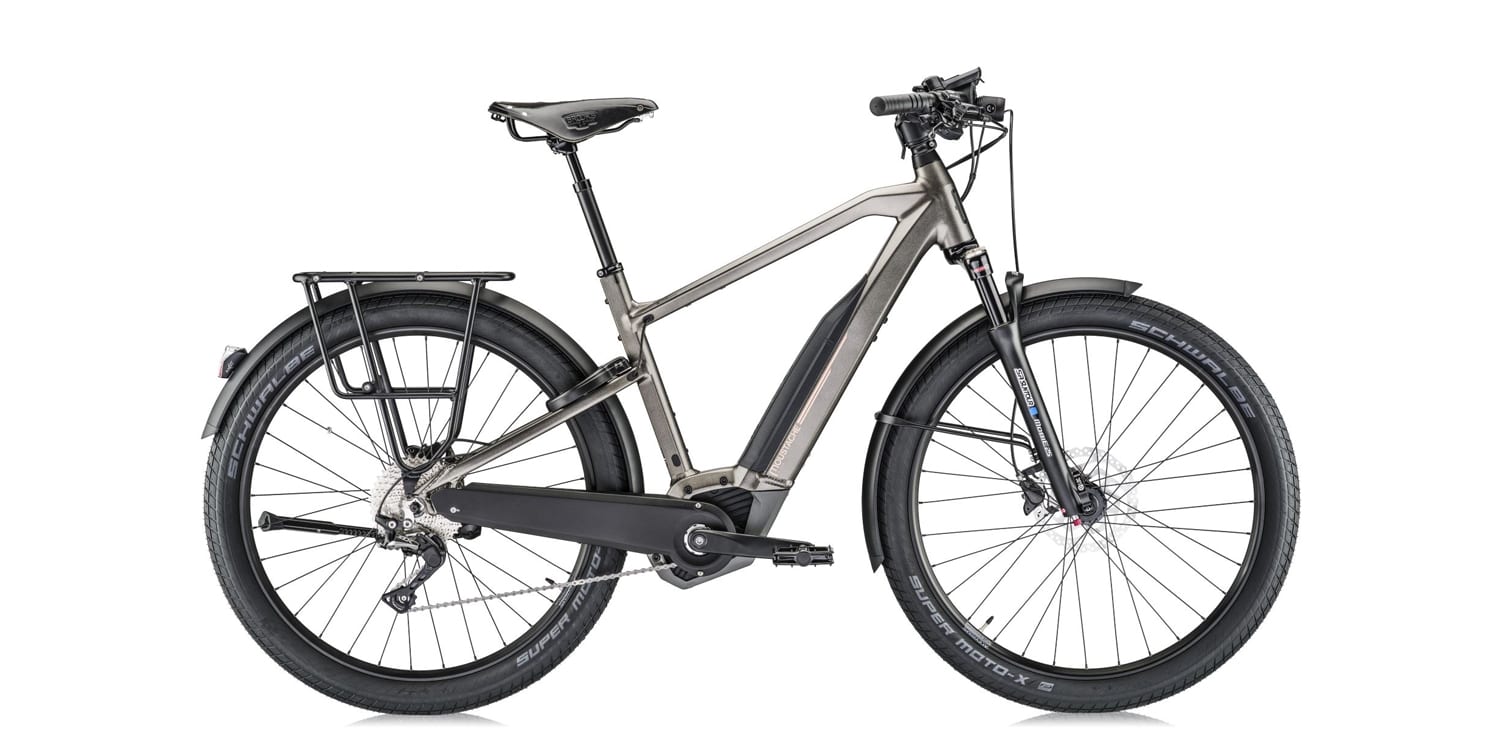
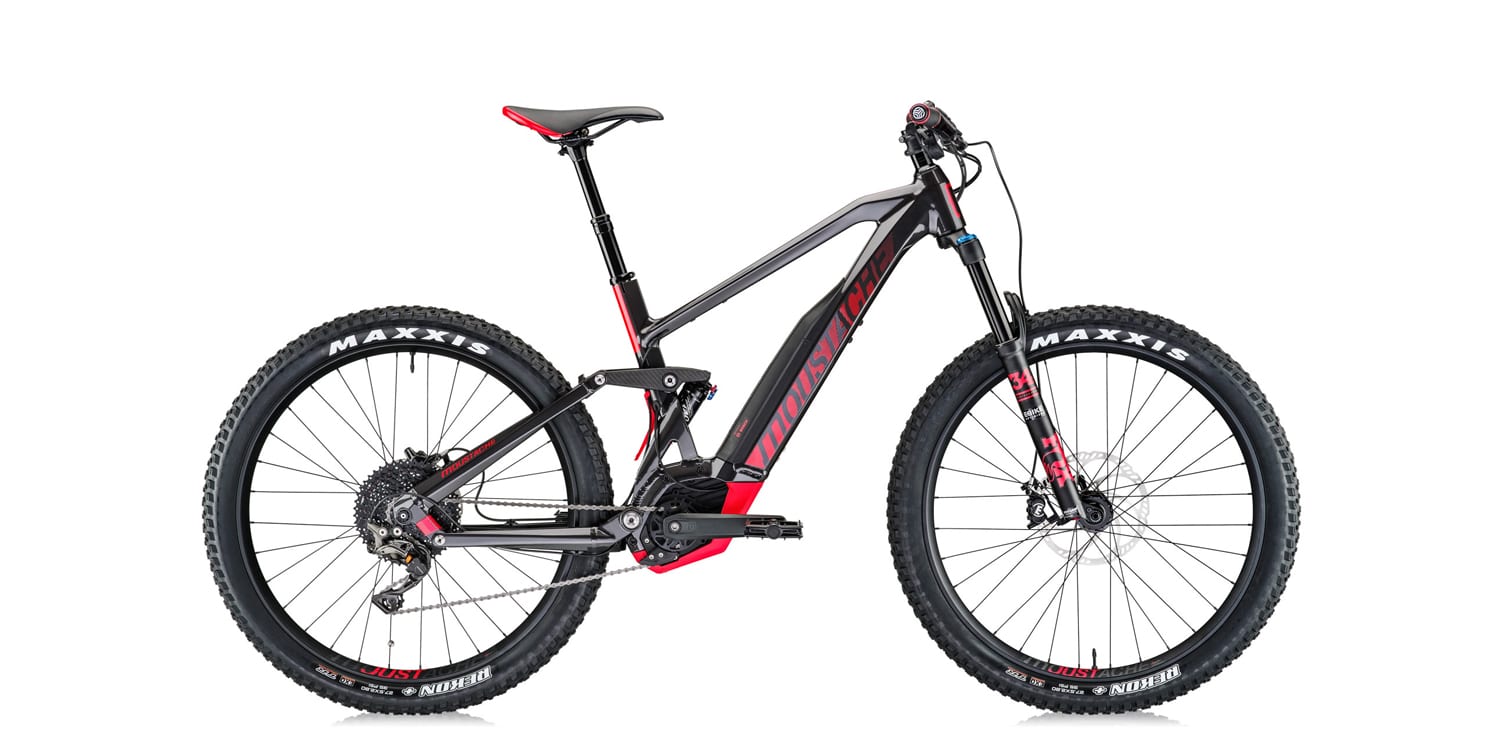


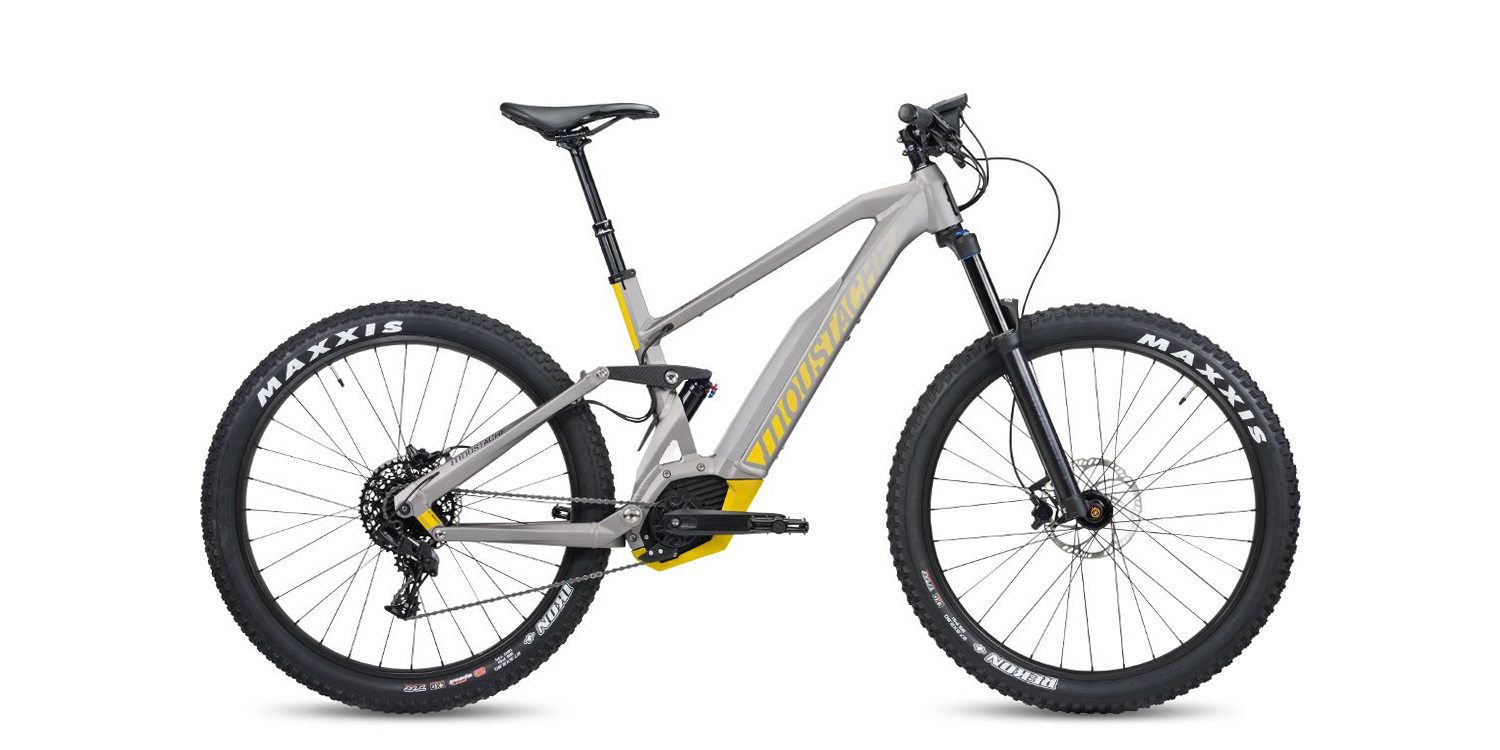
Reader Interactions